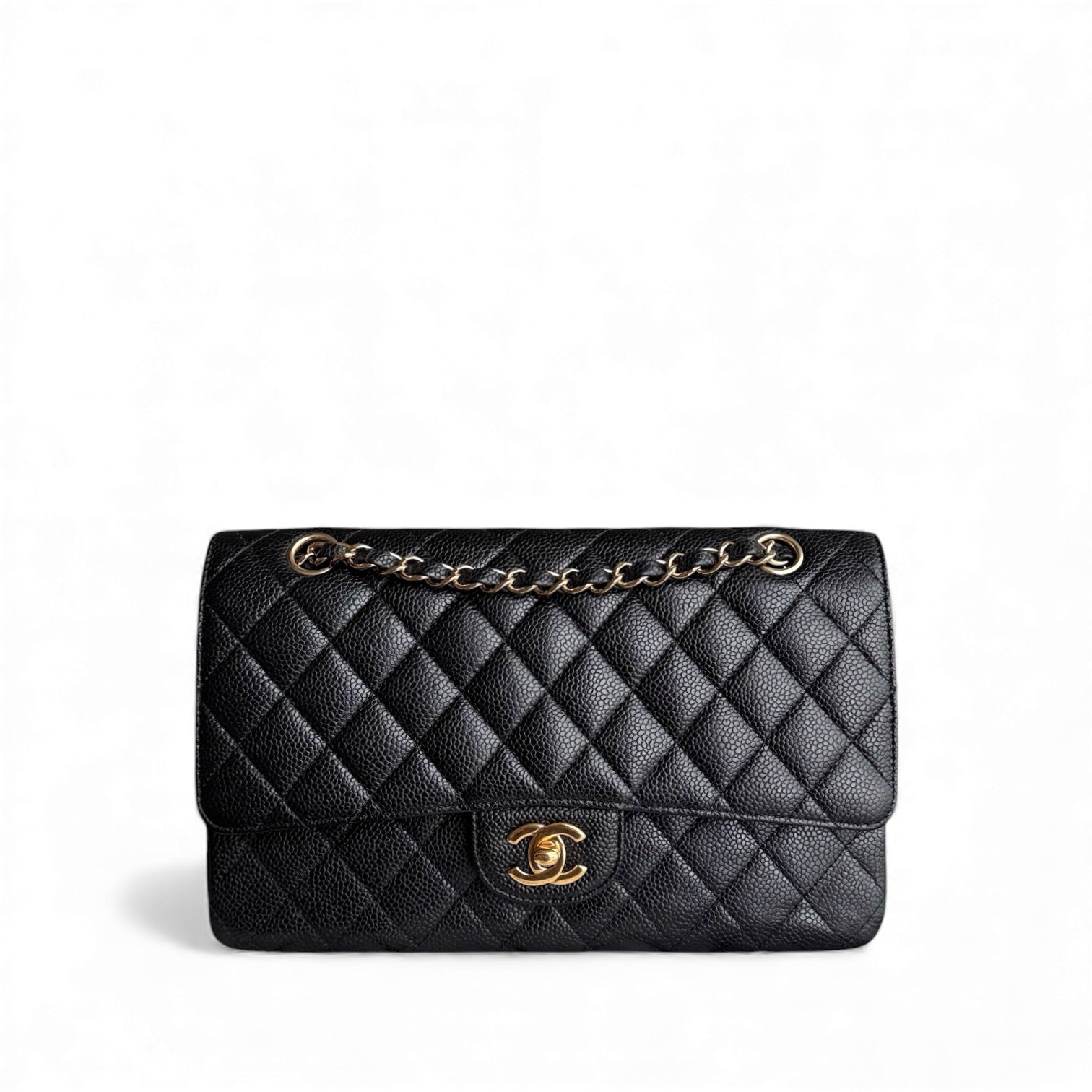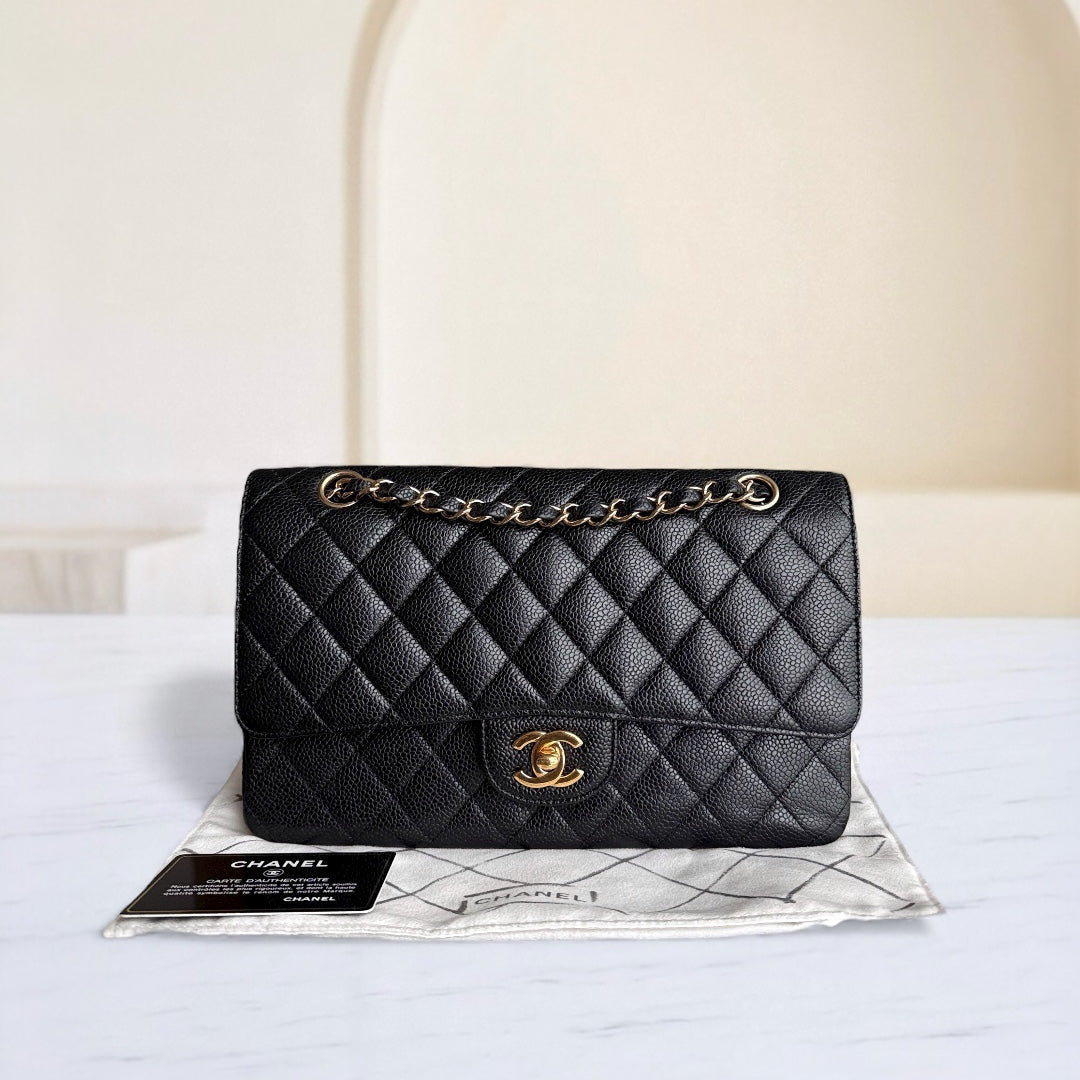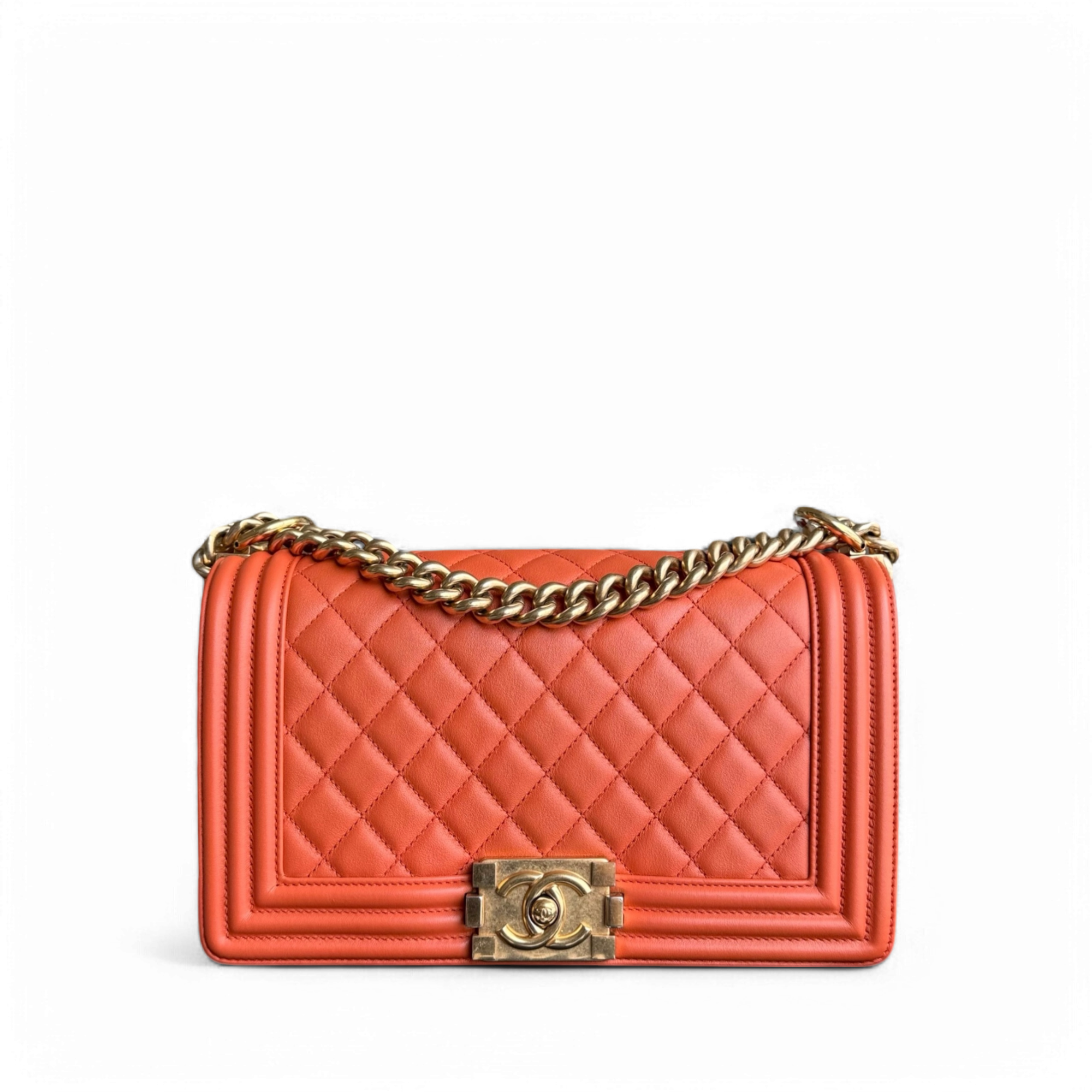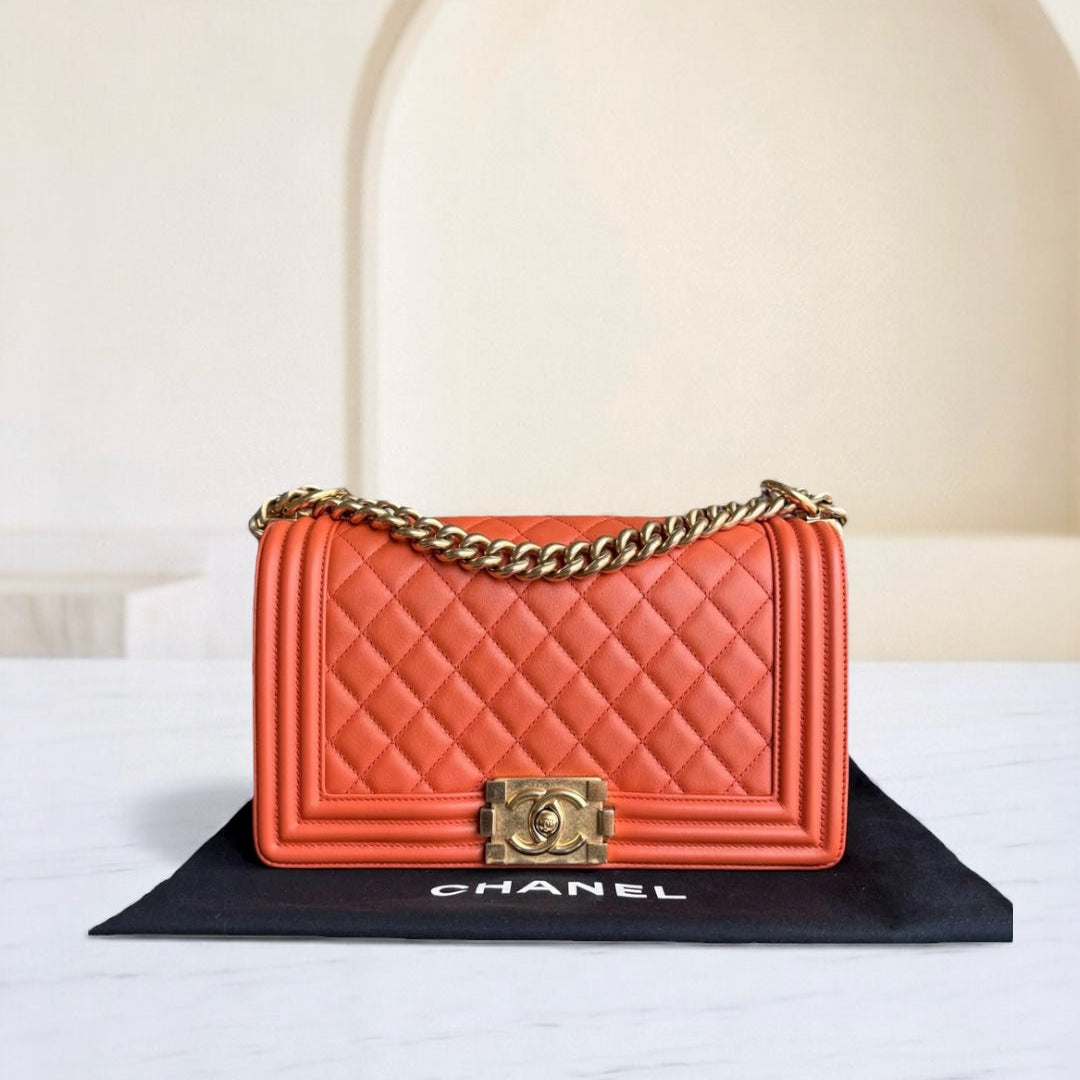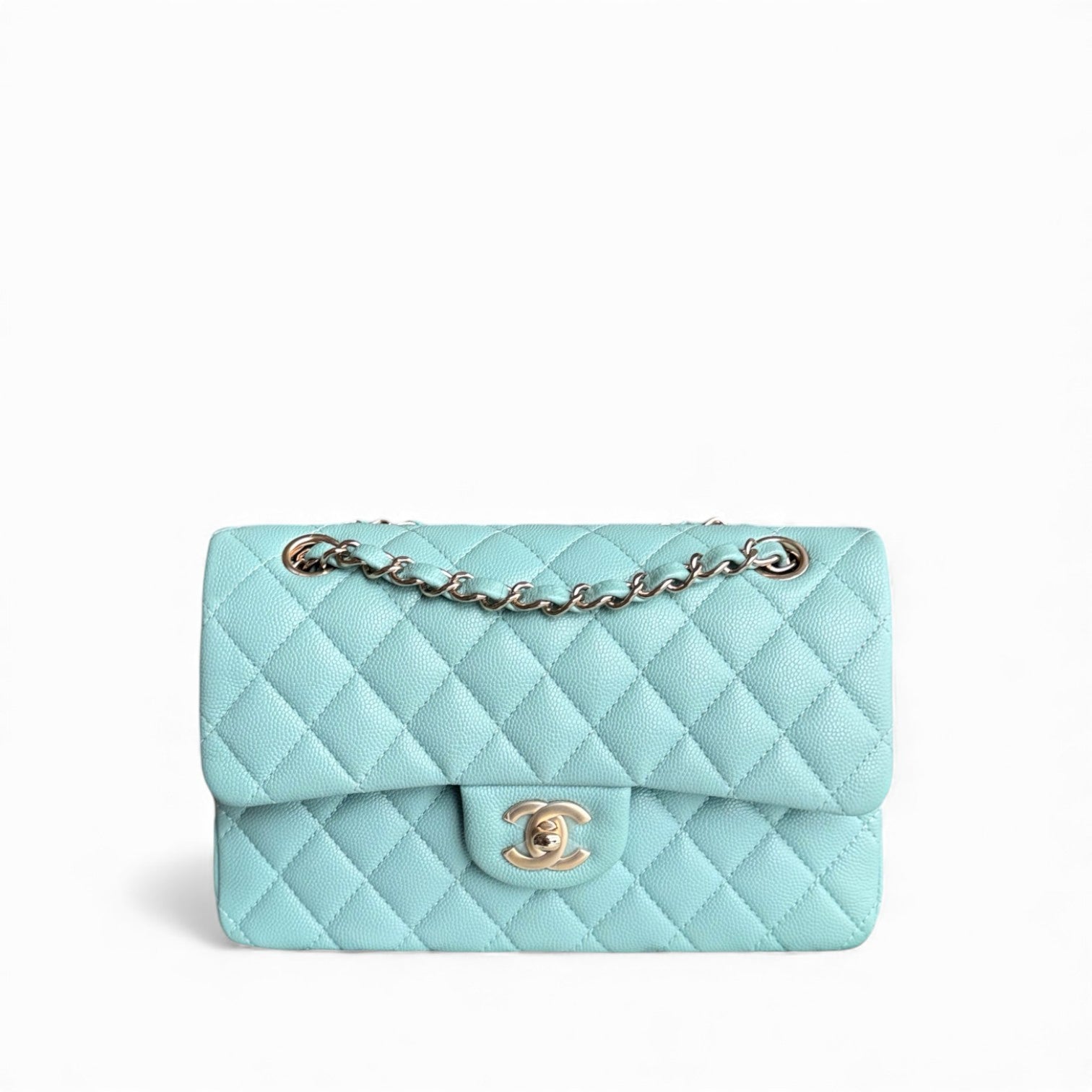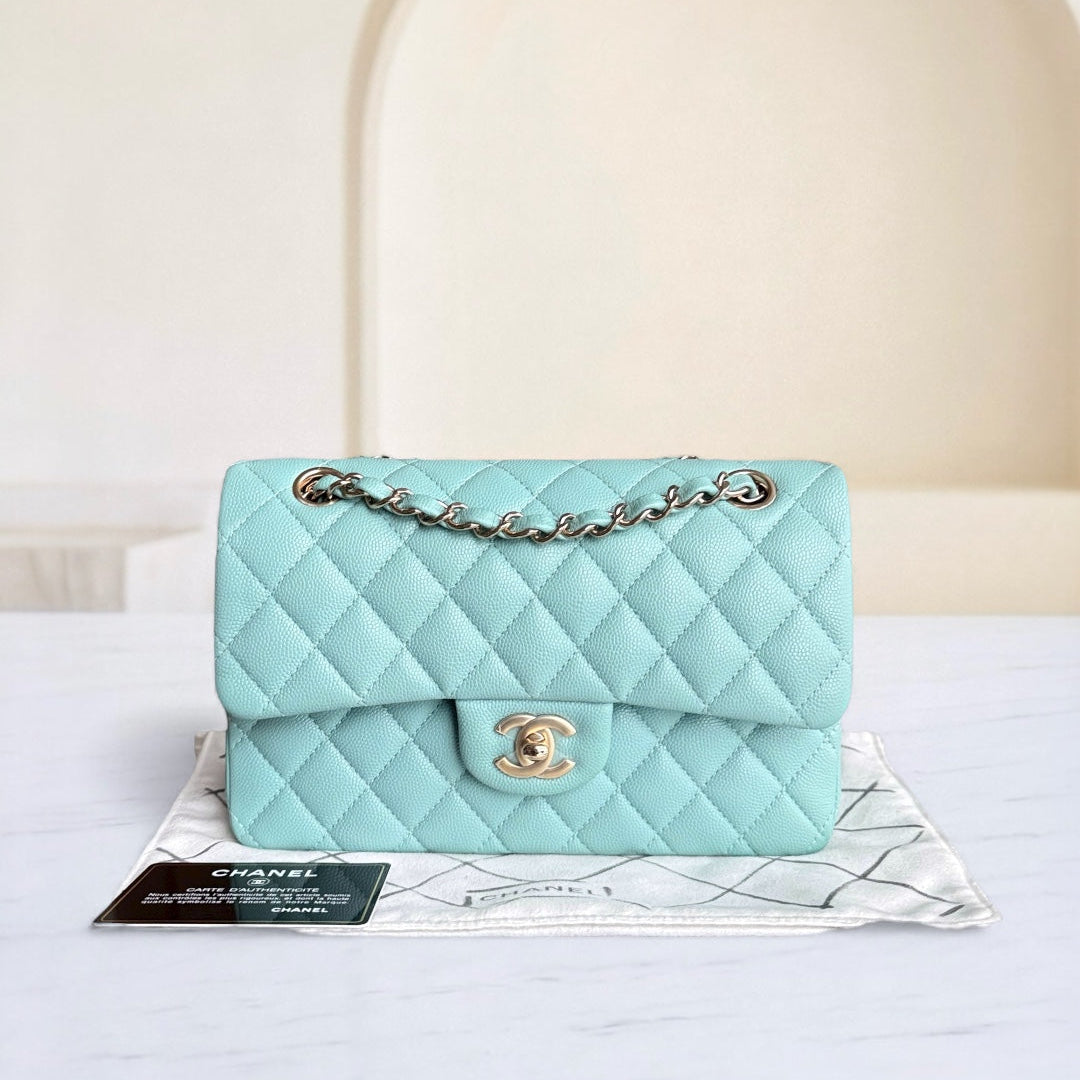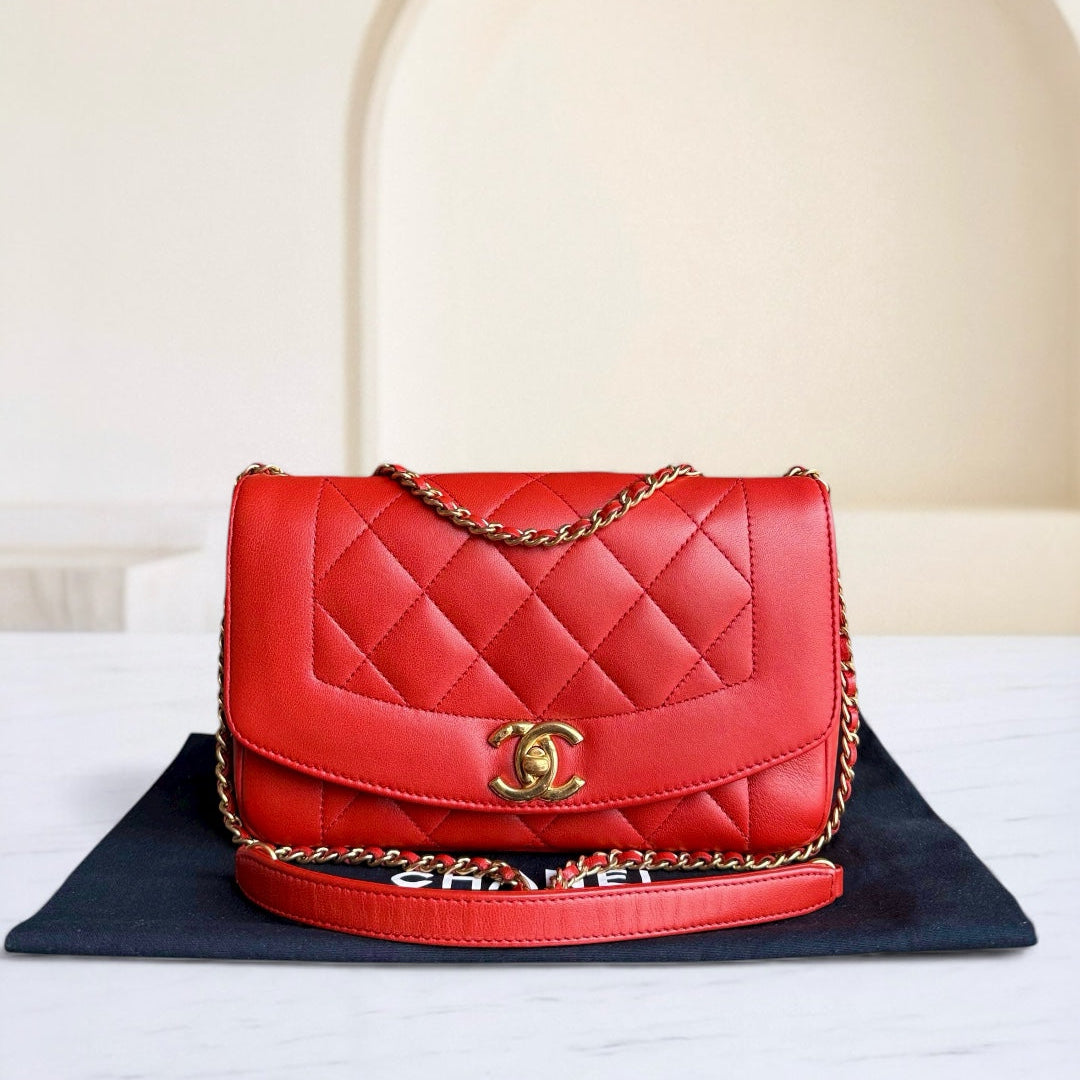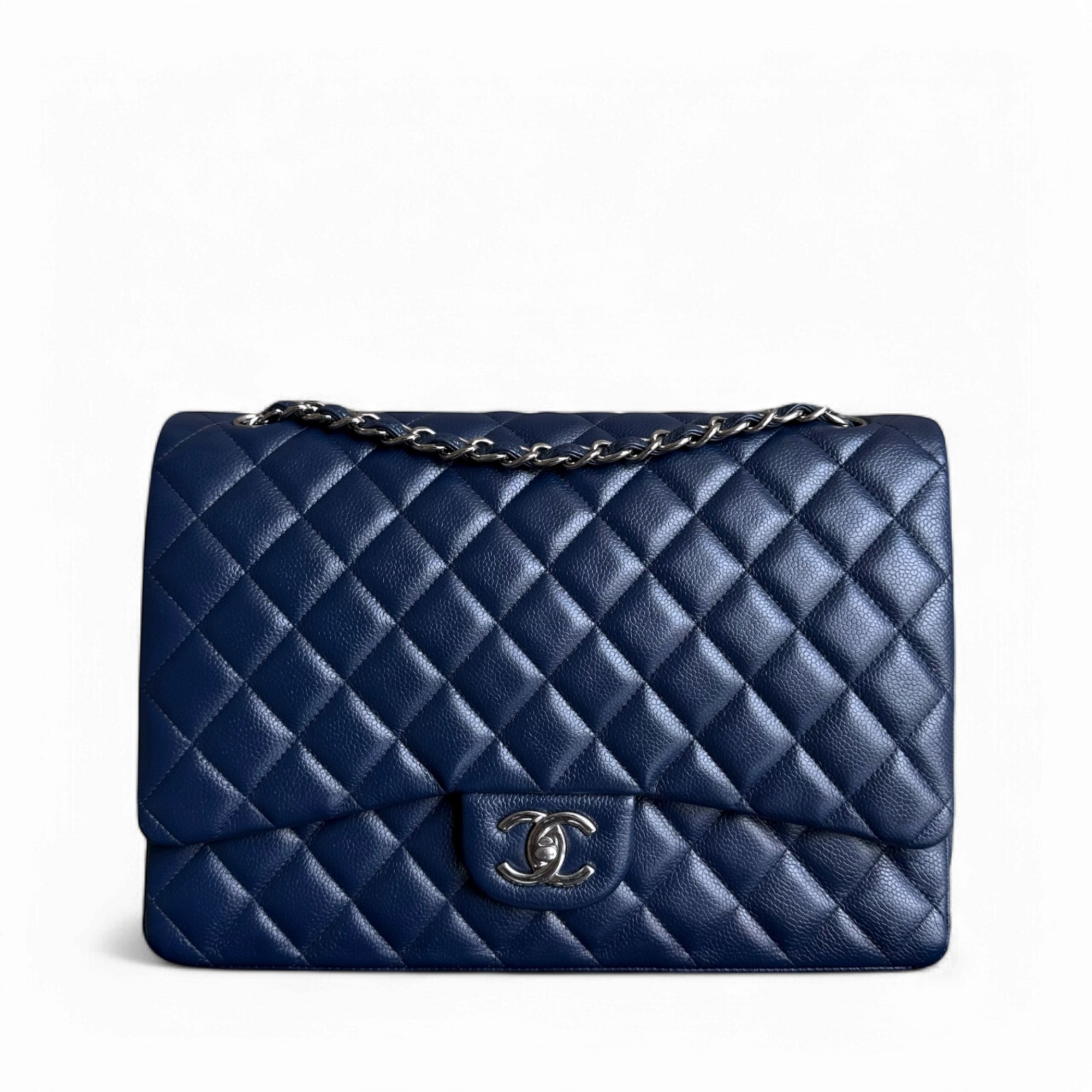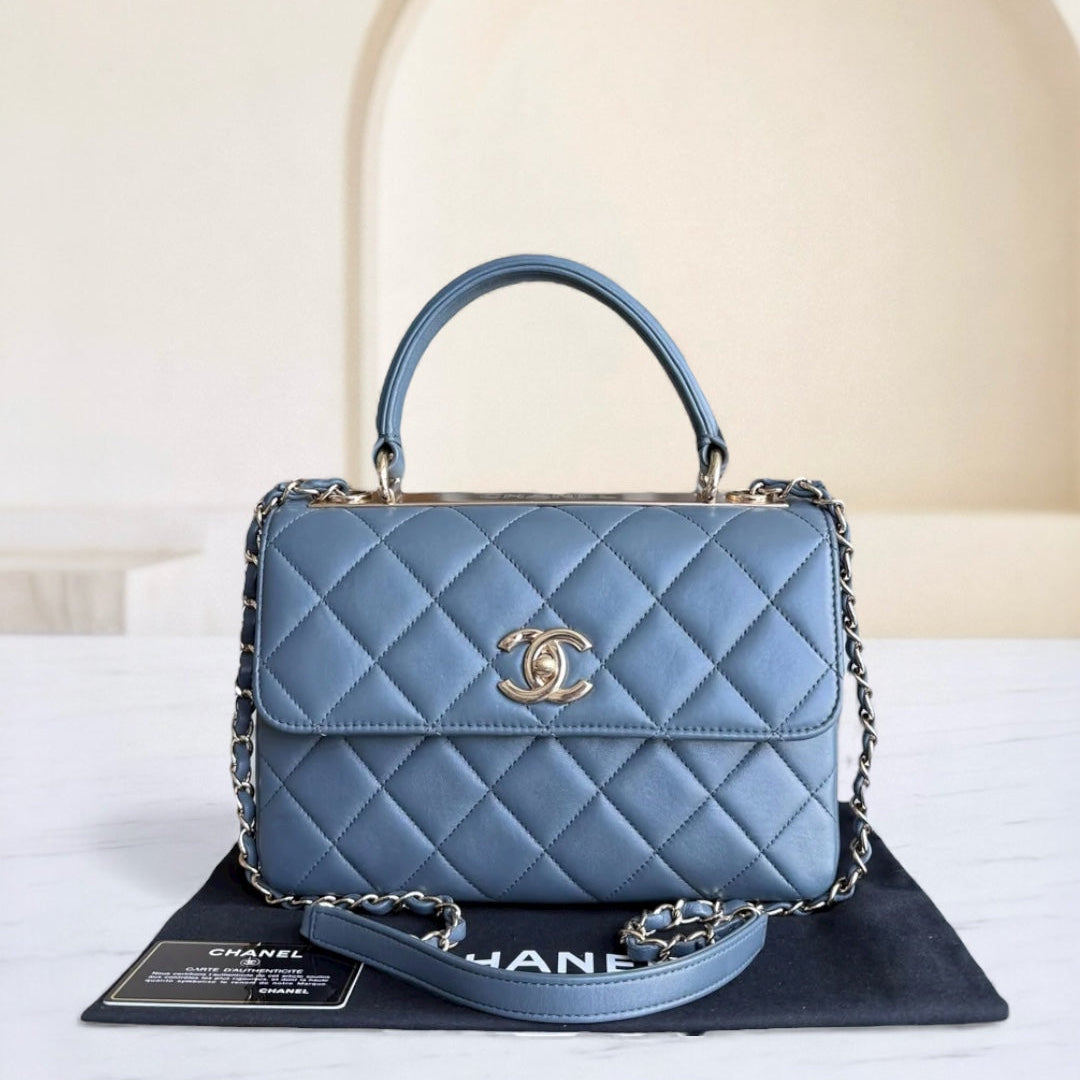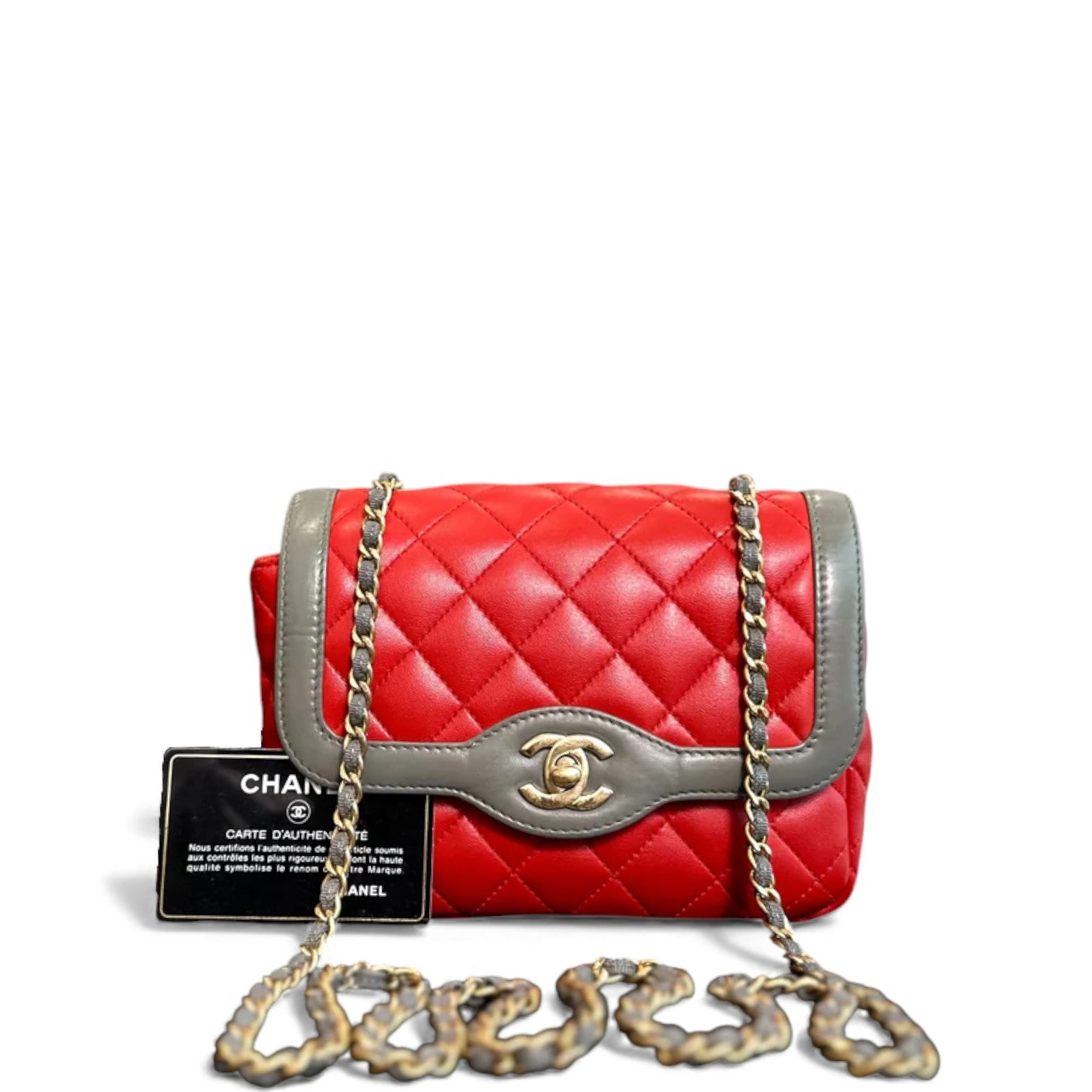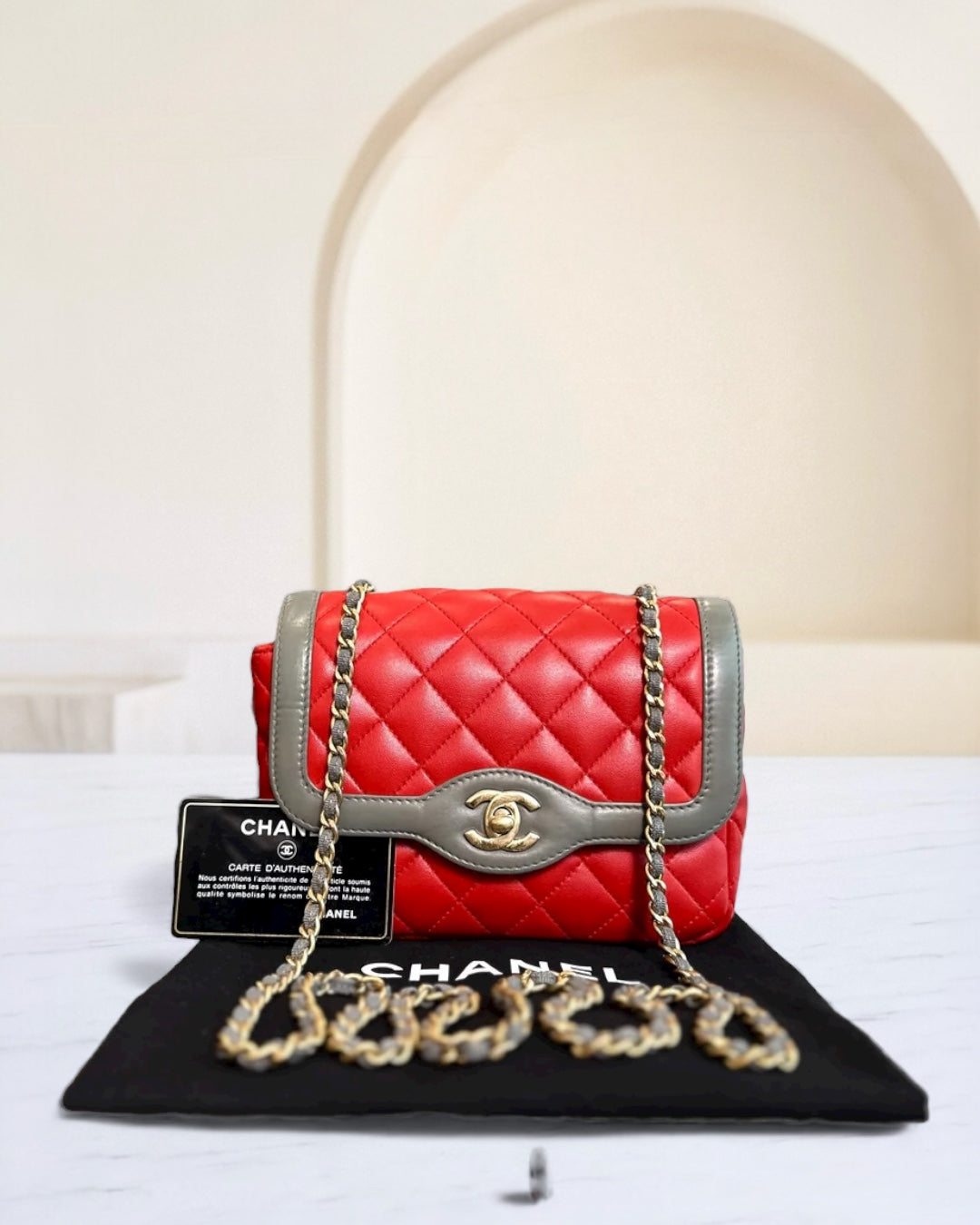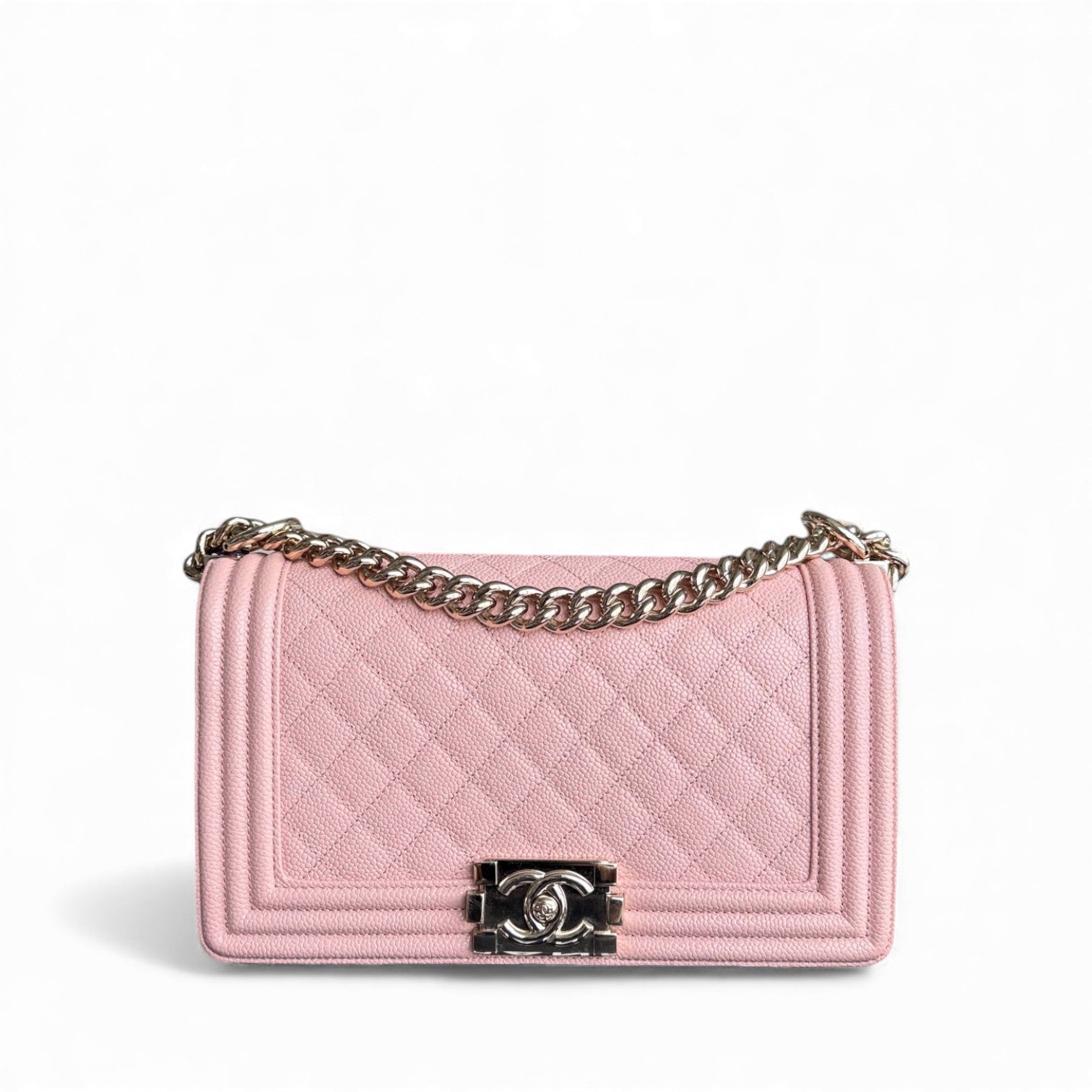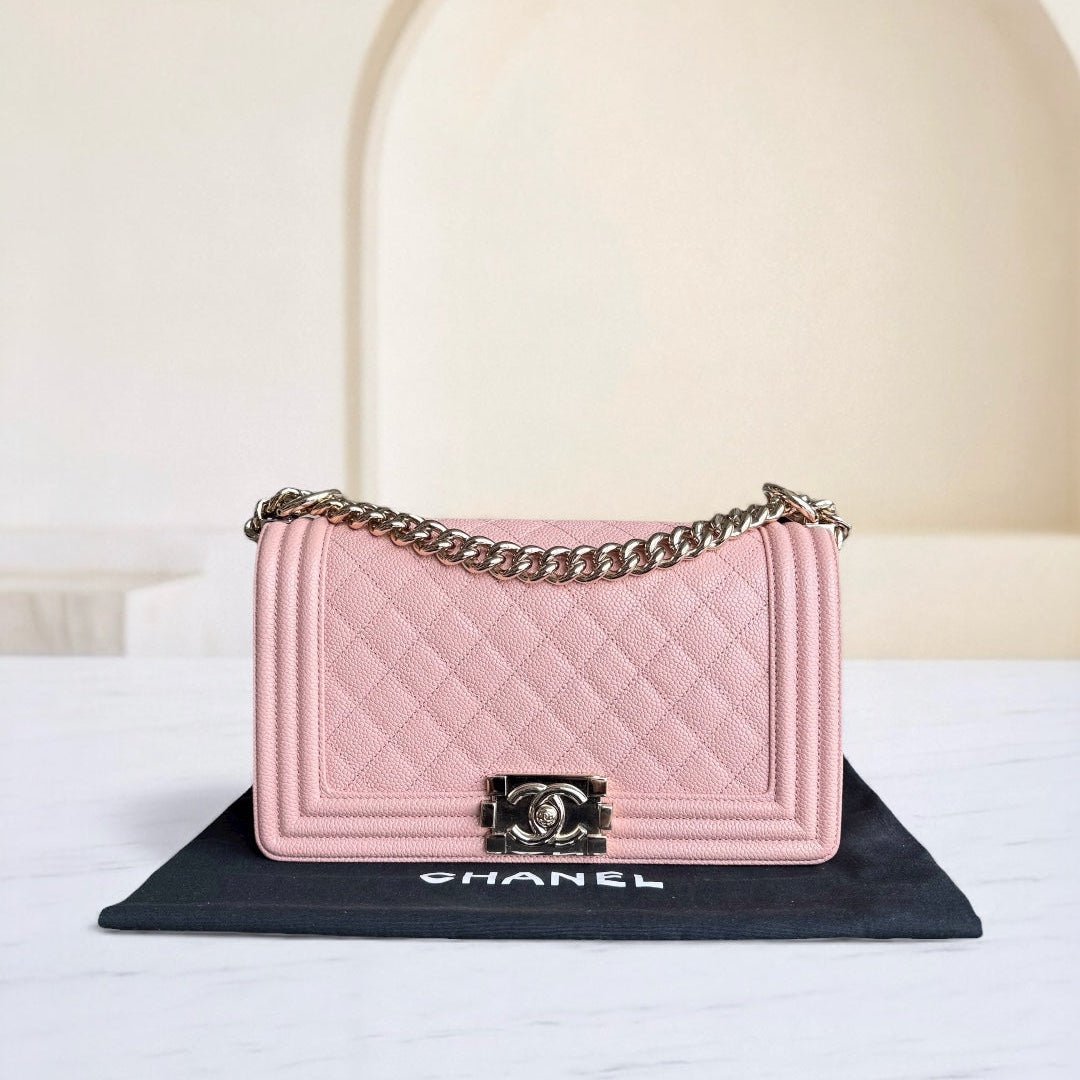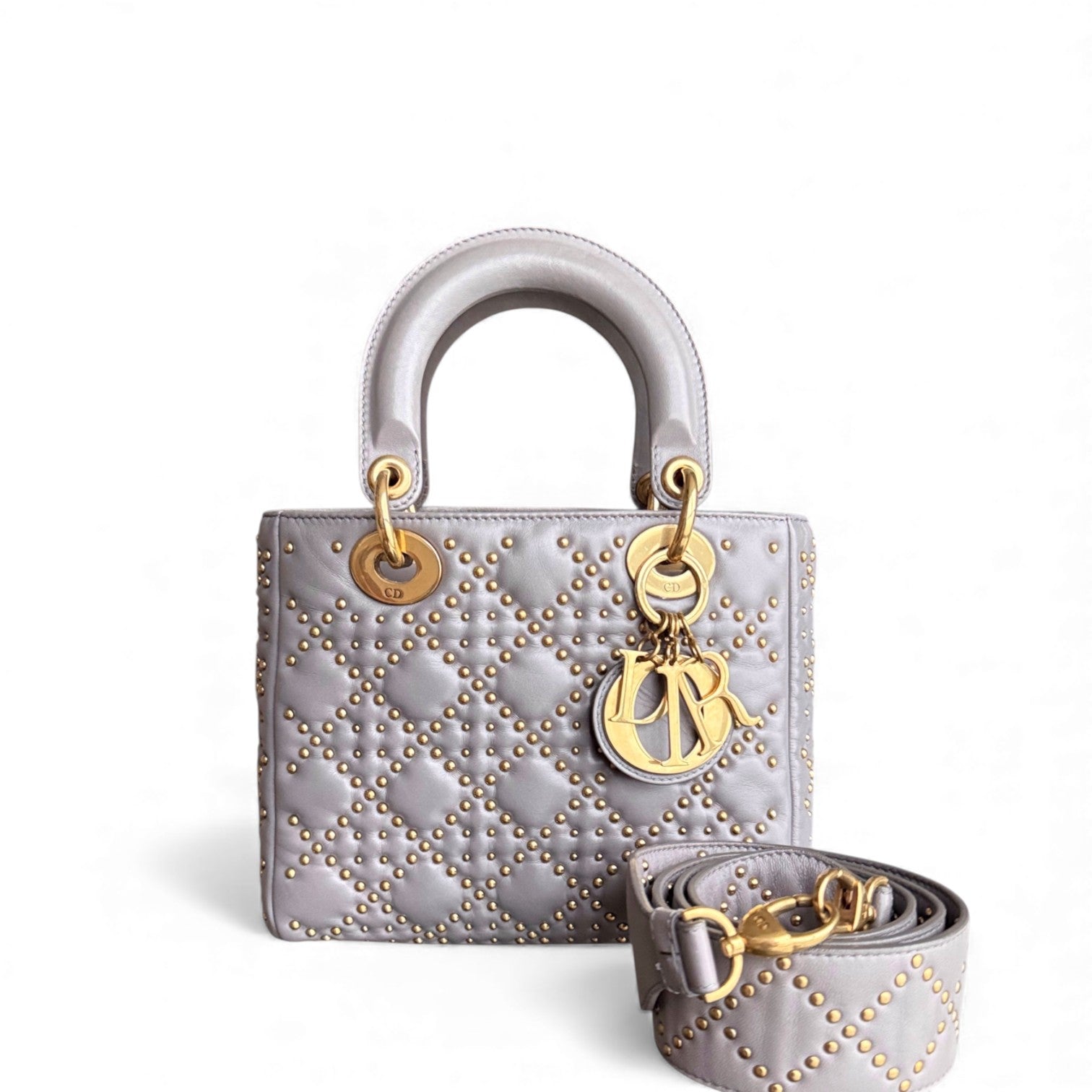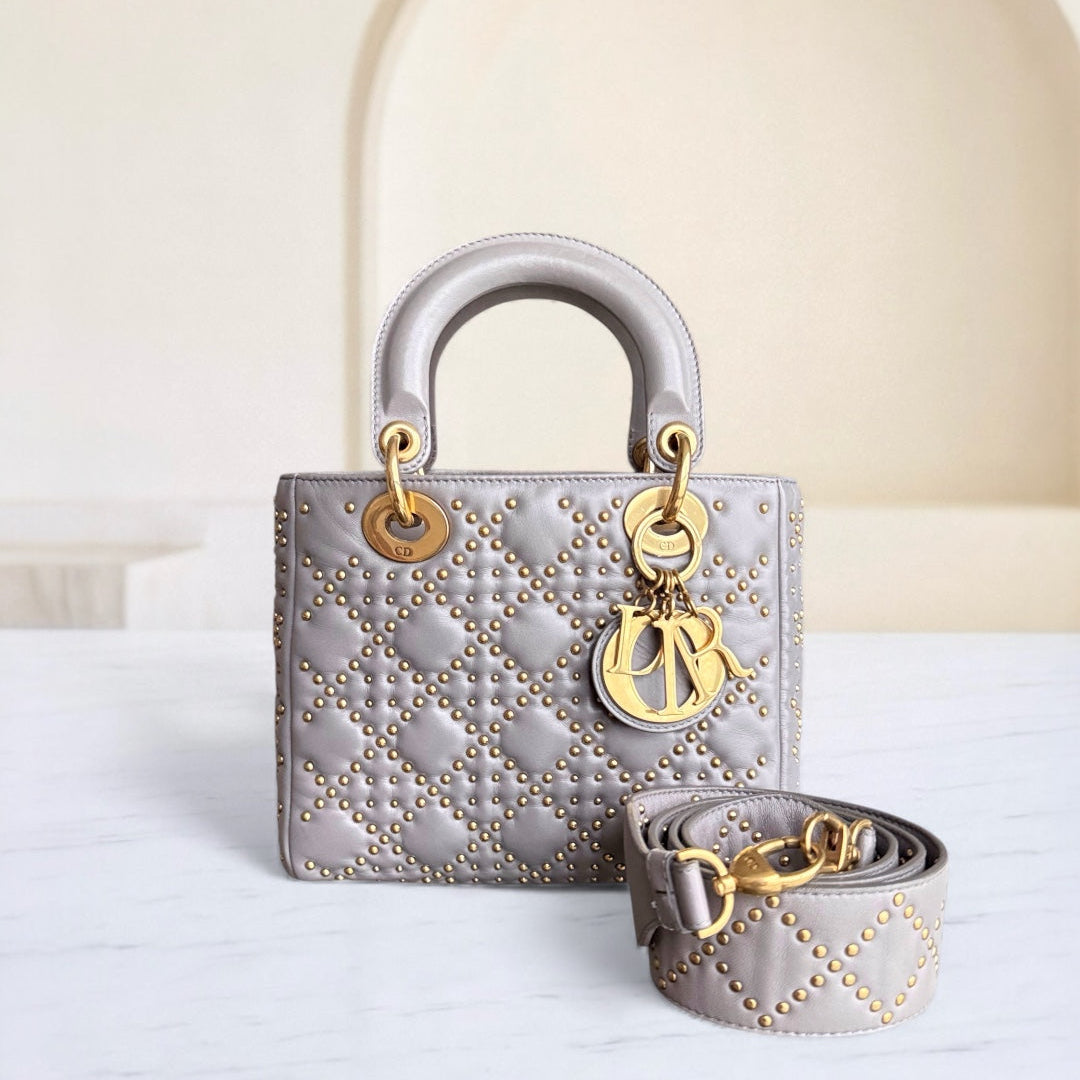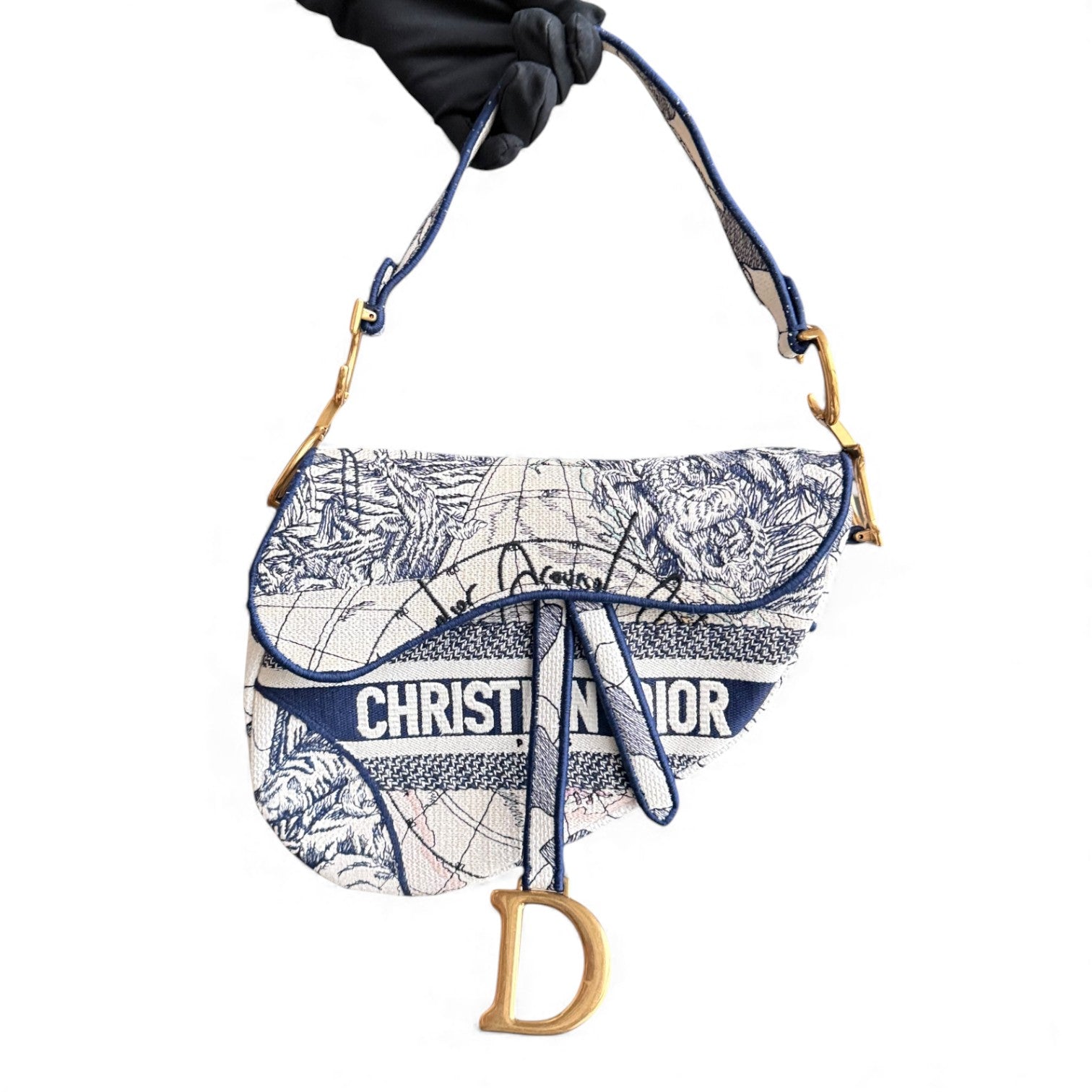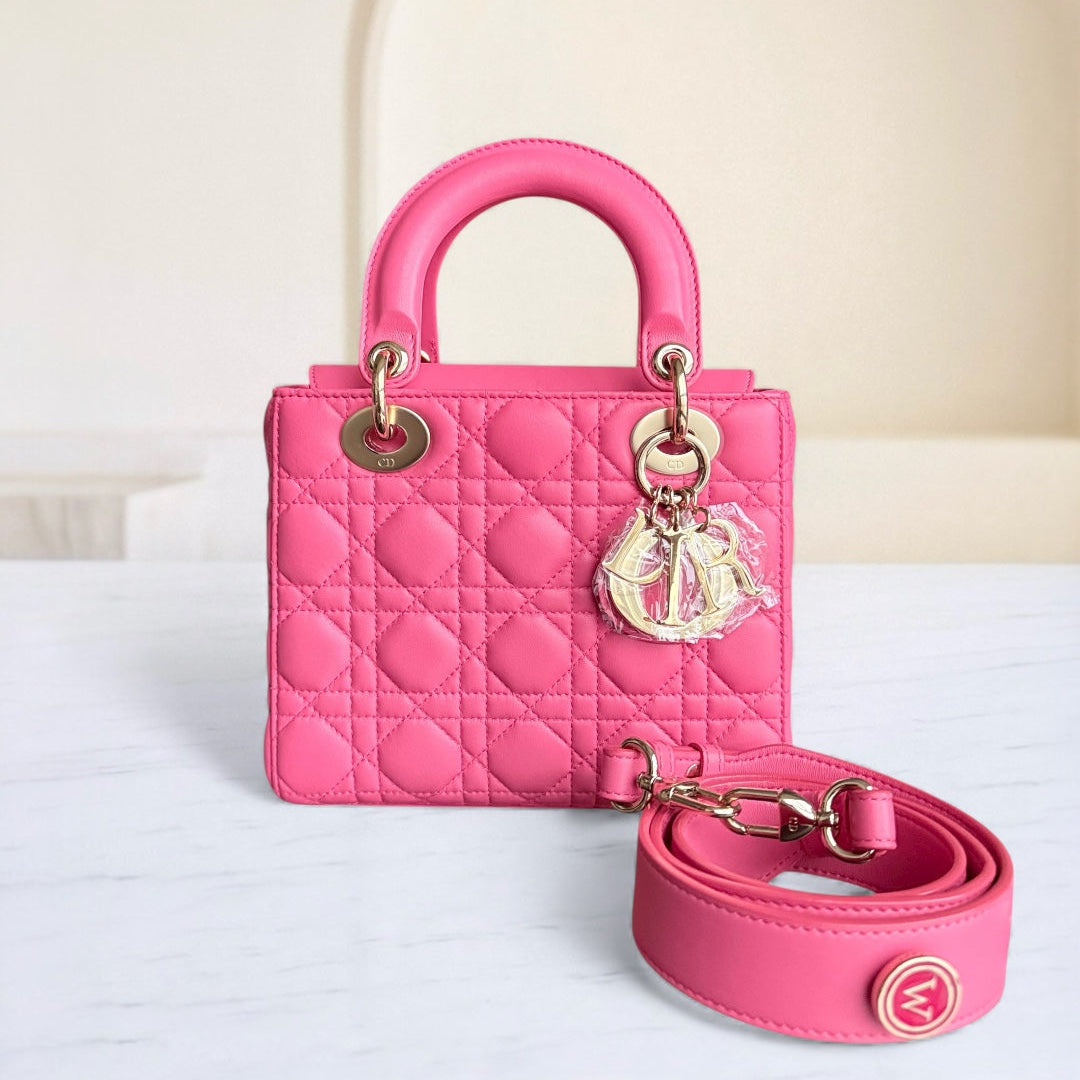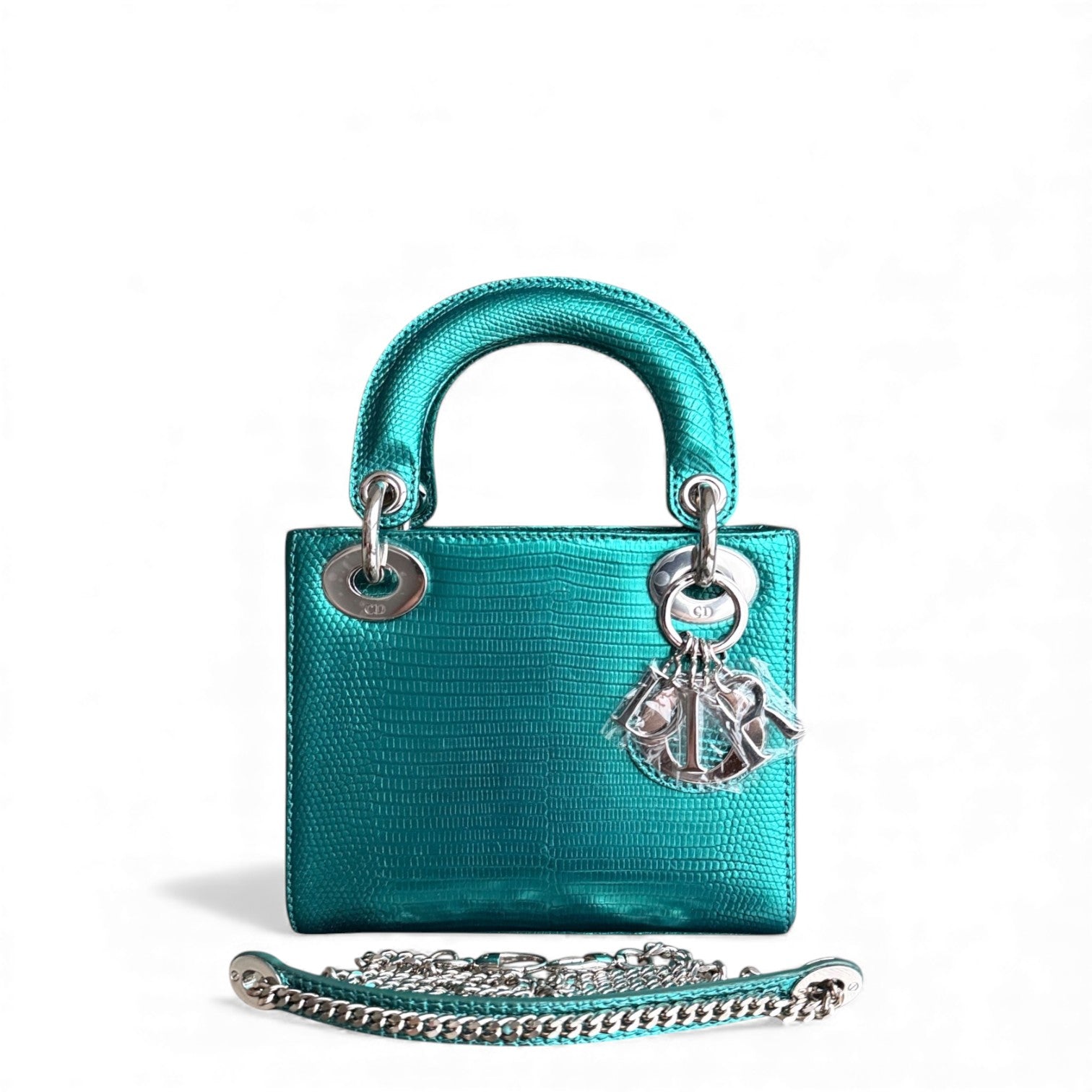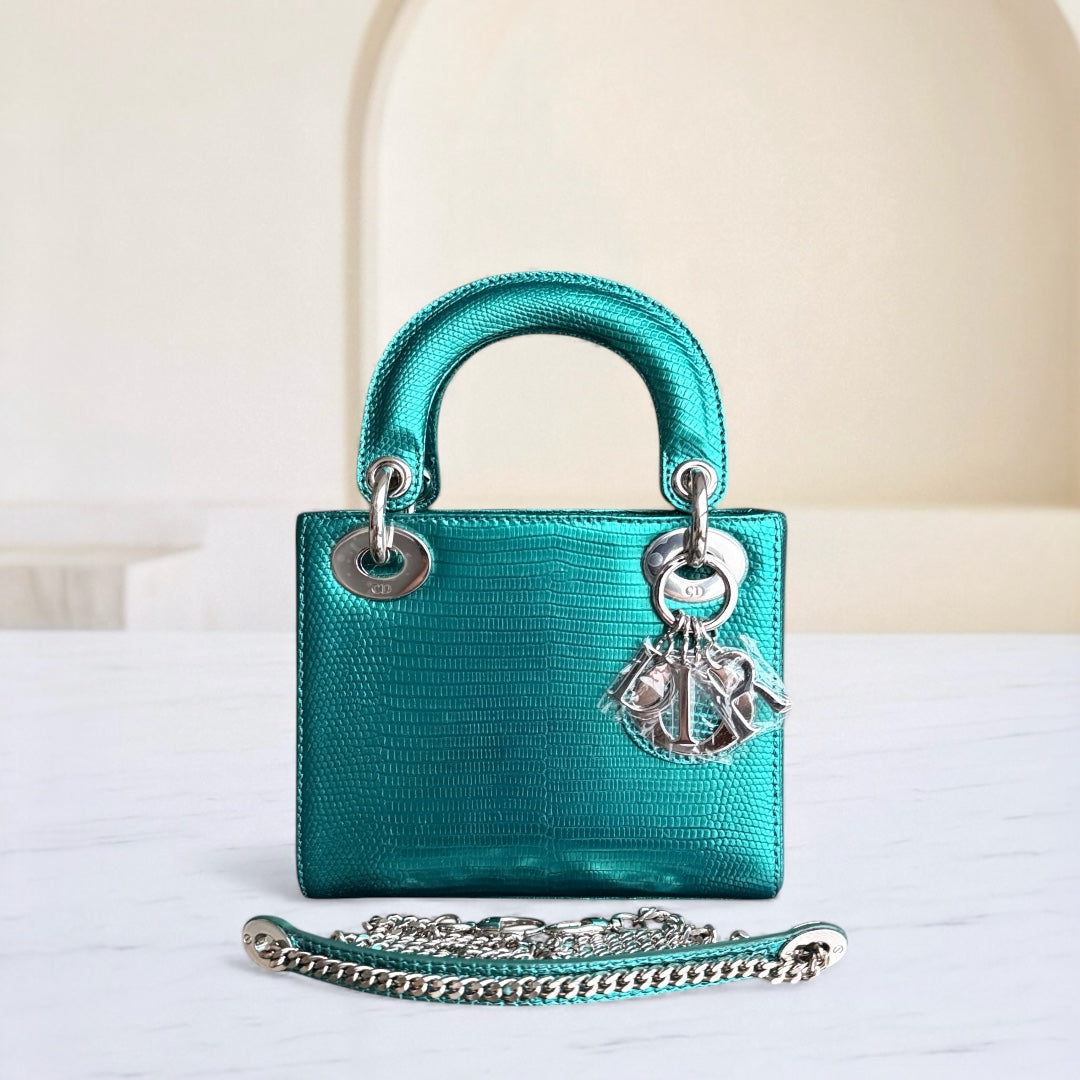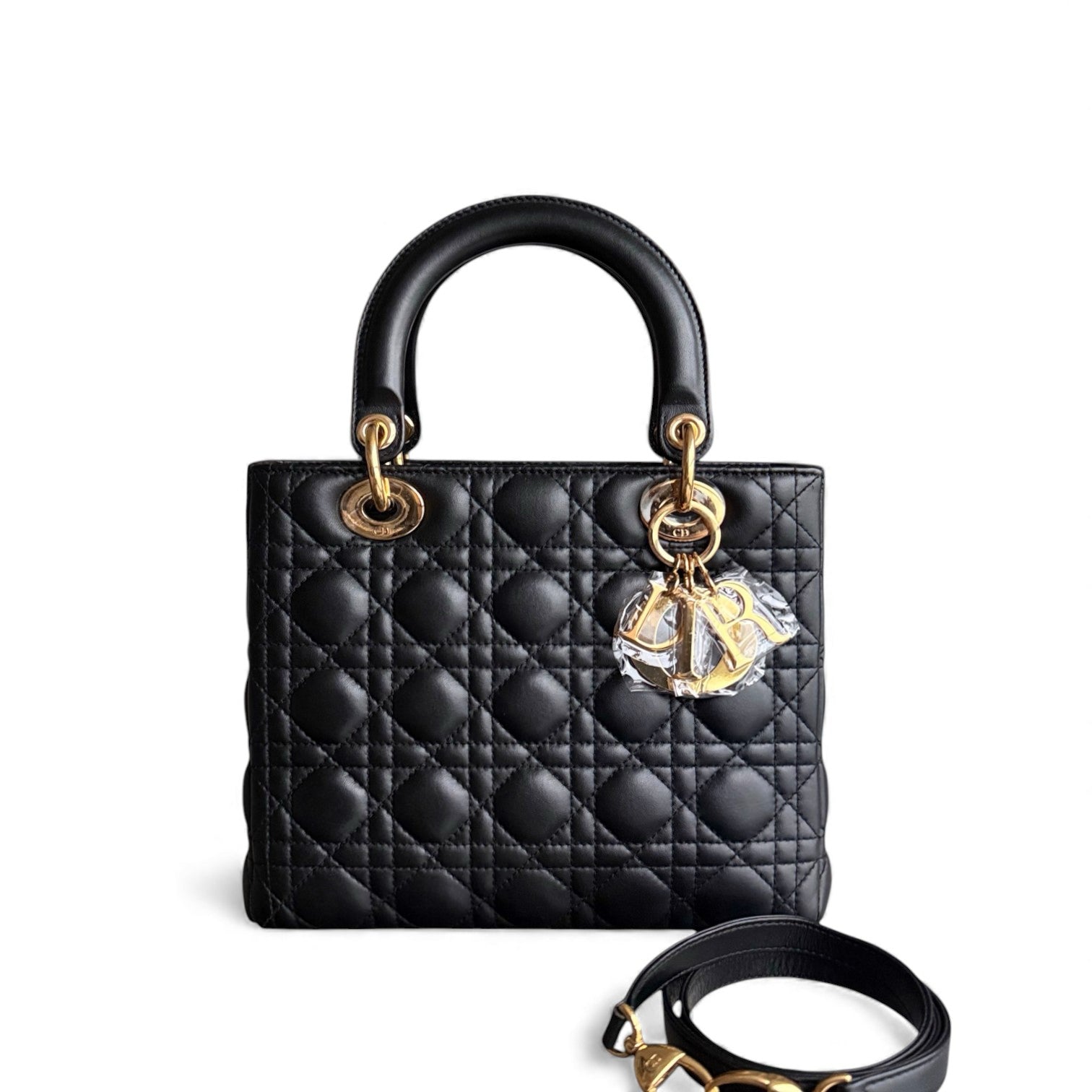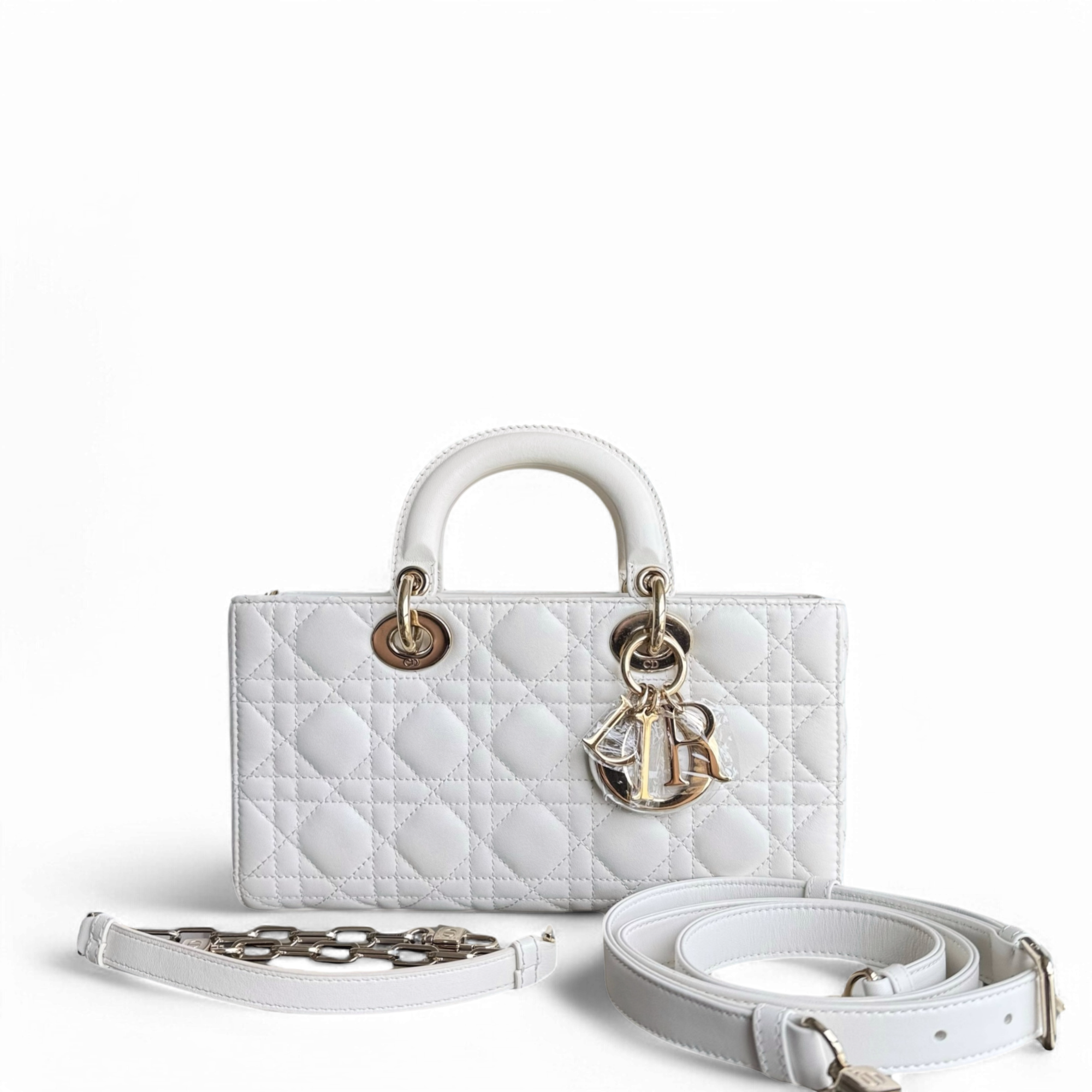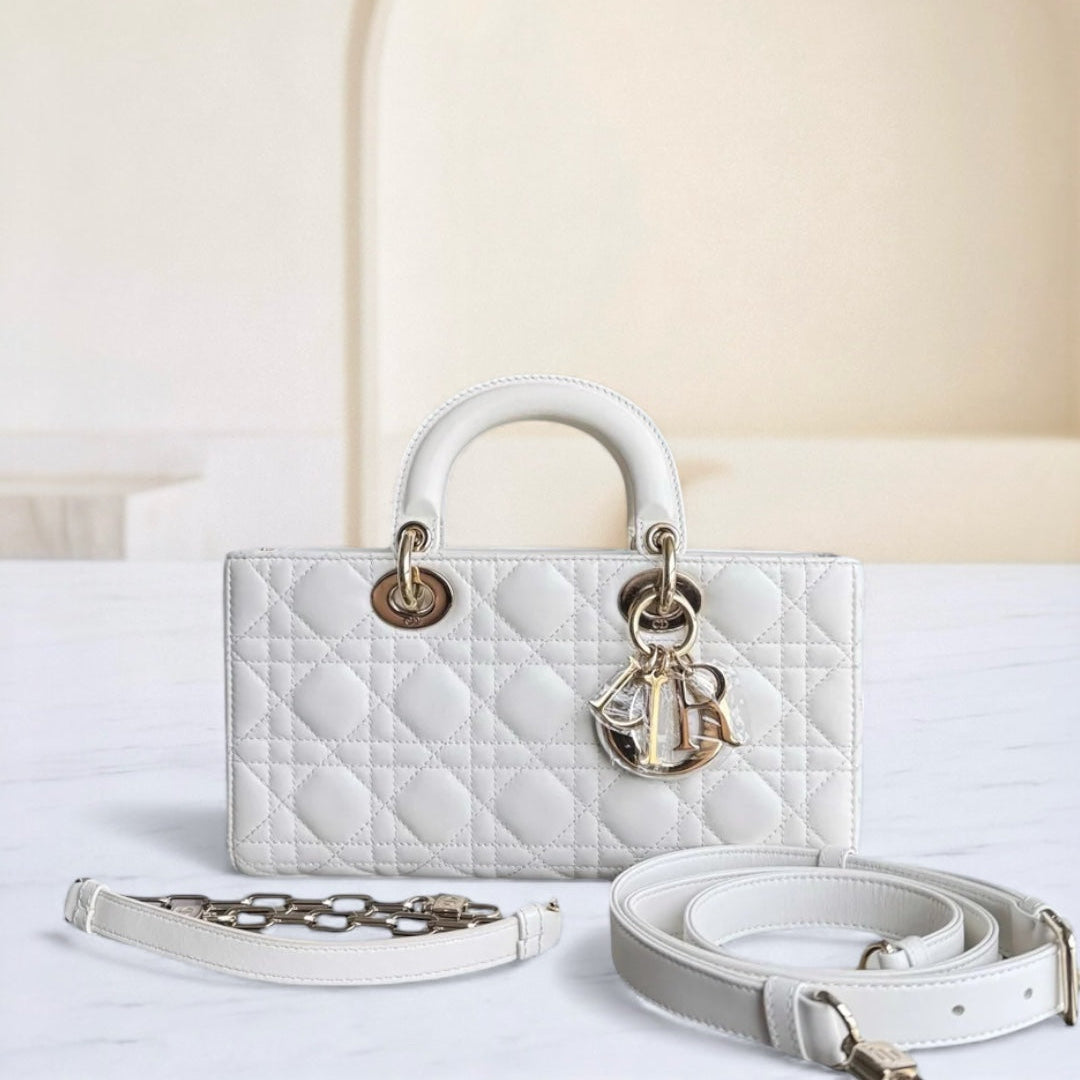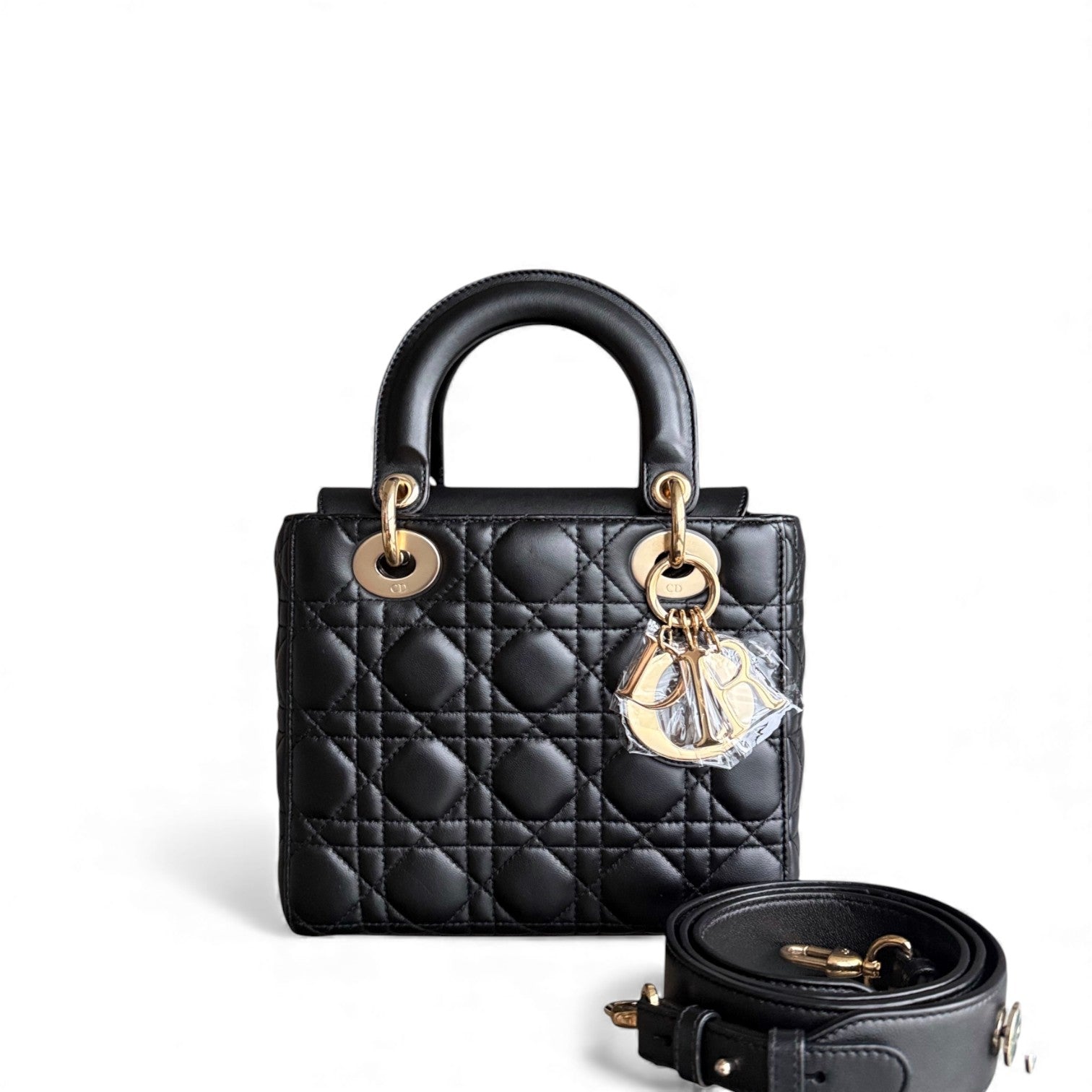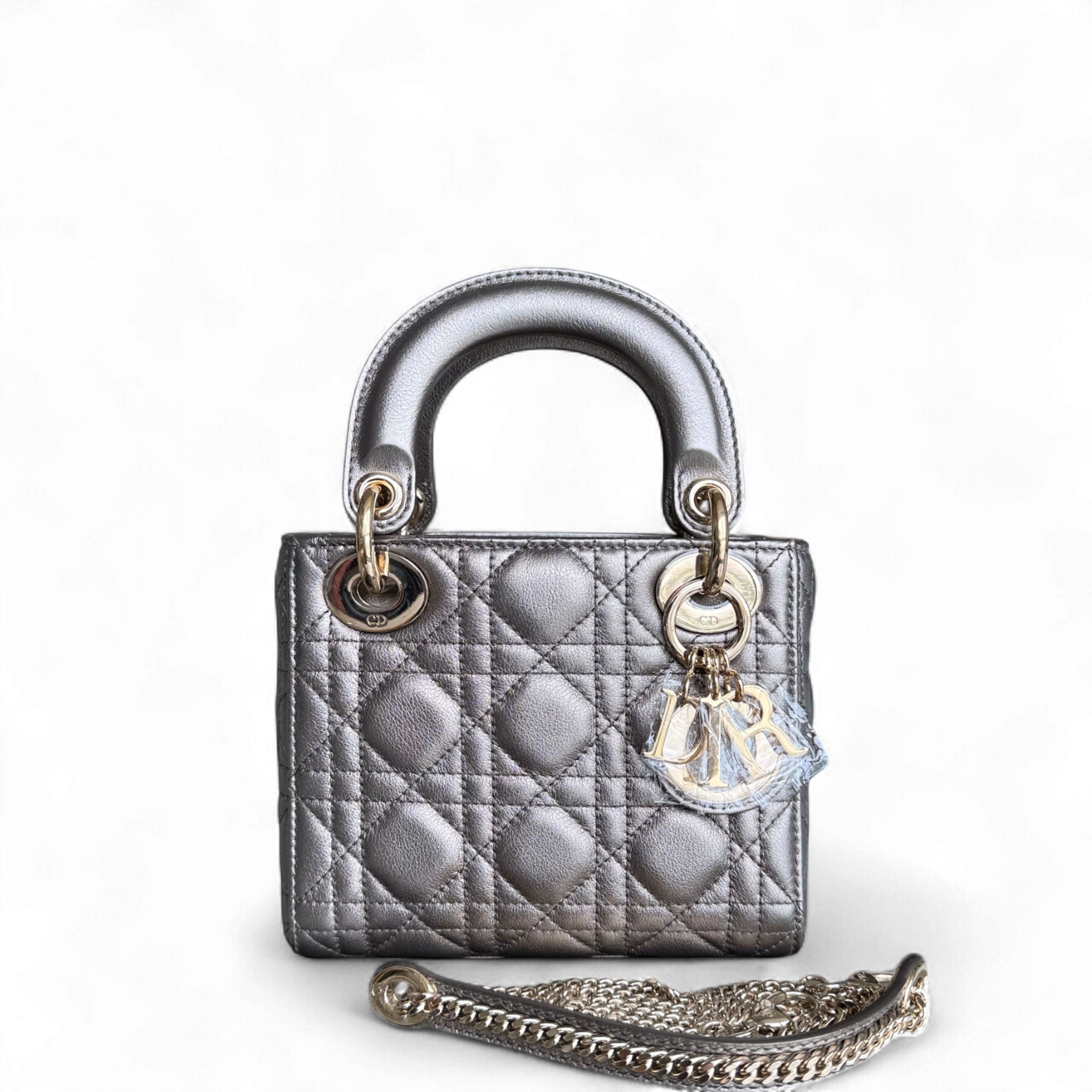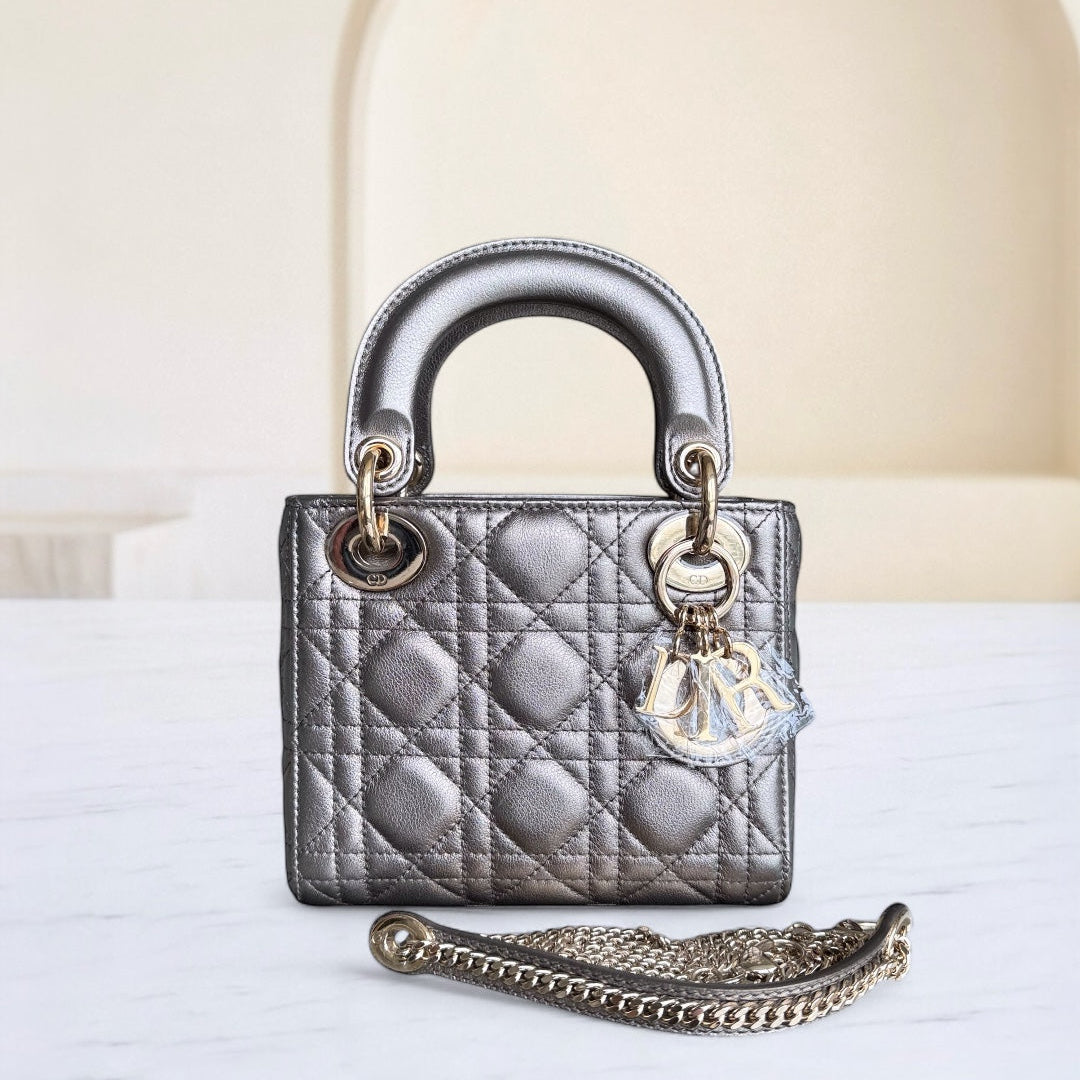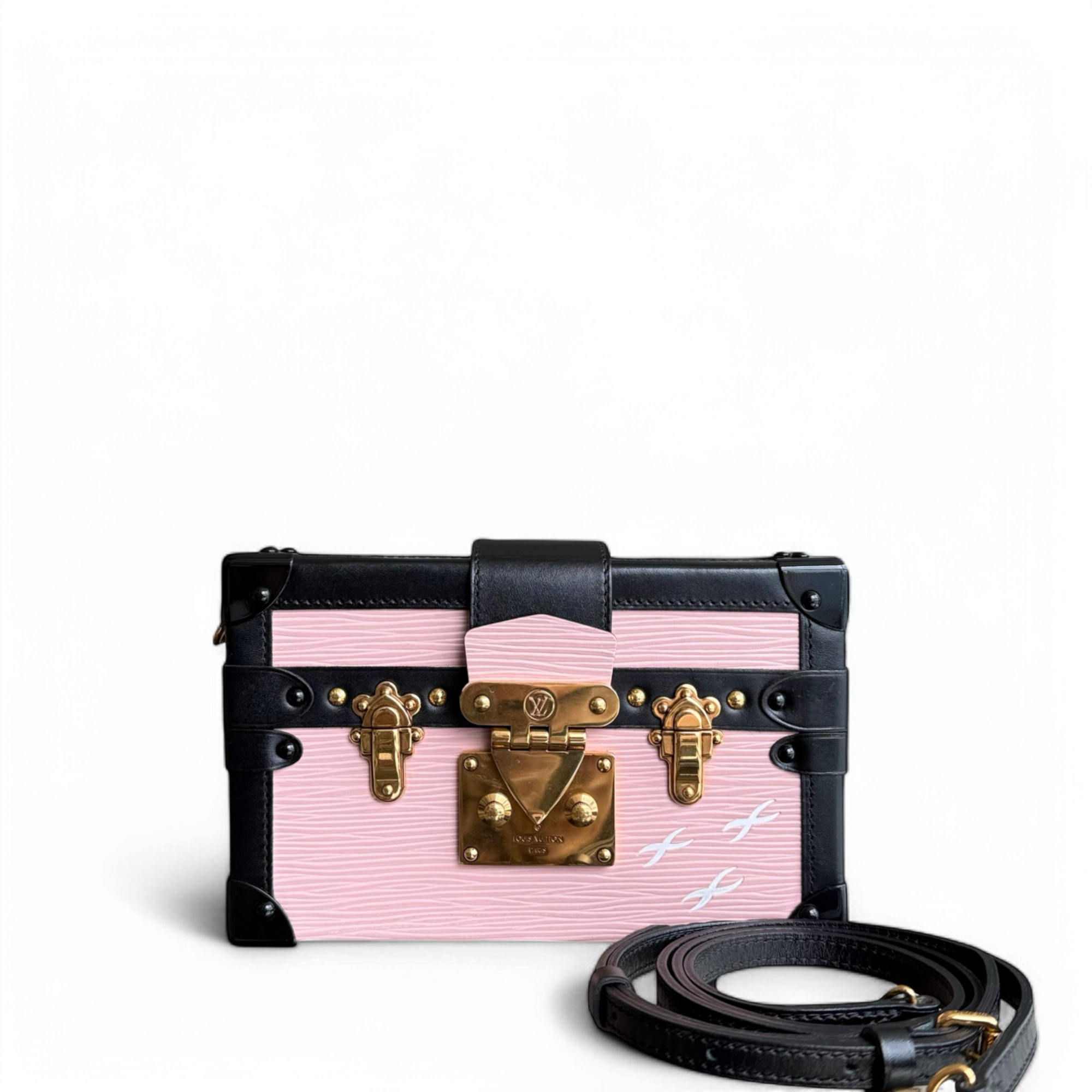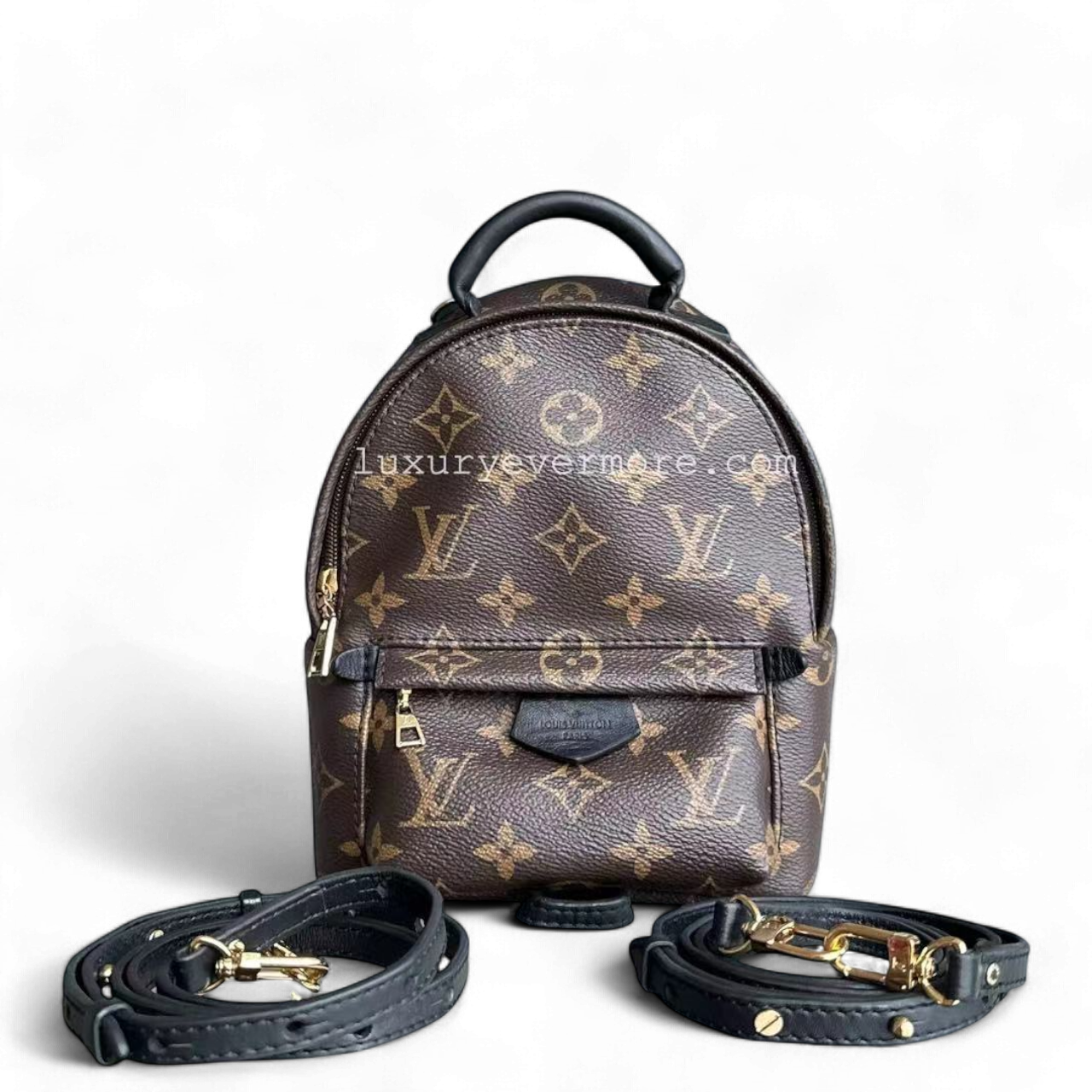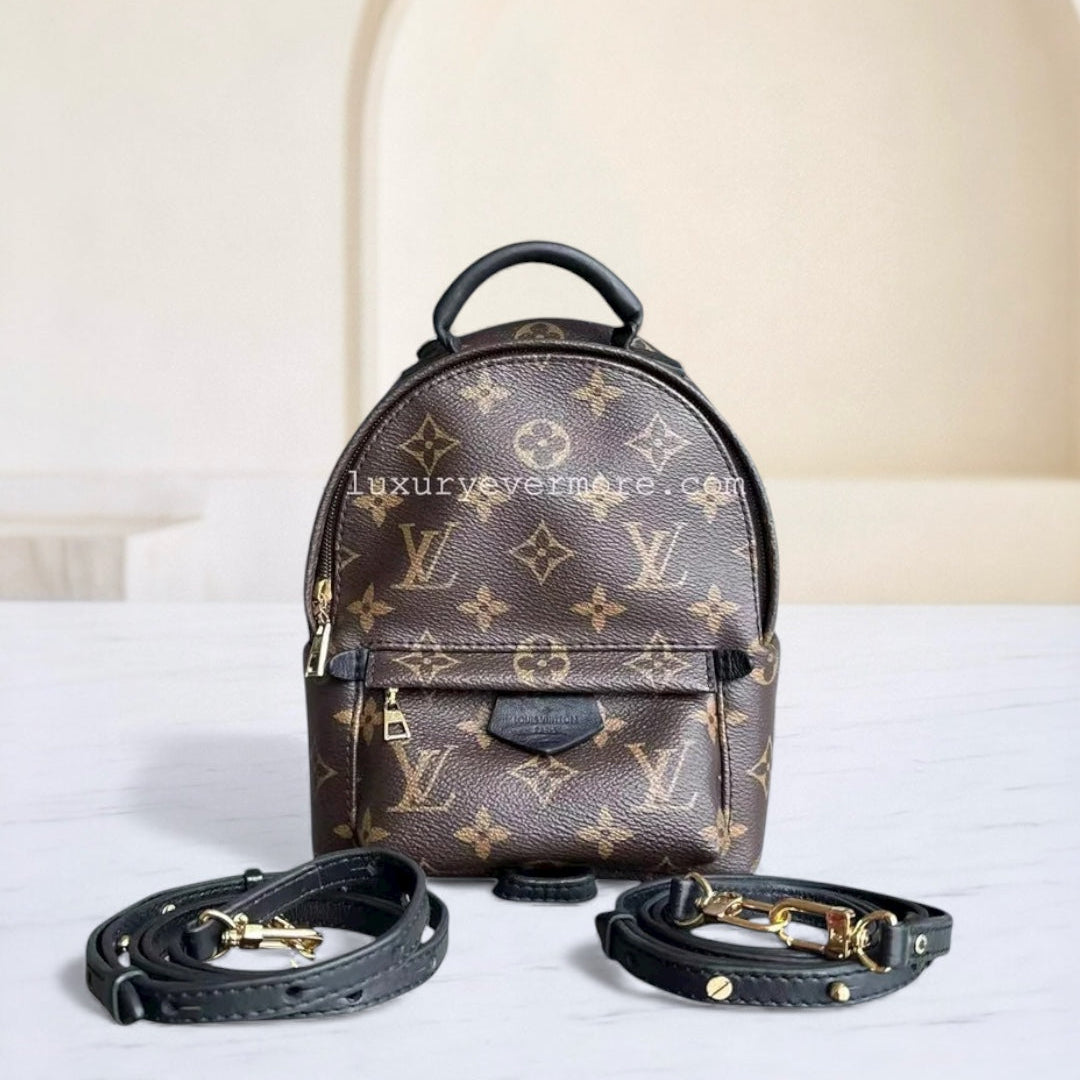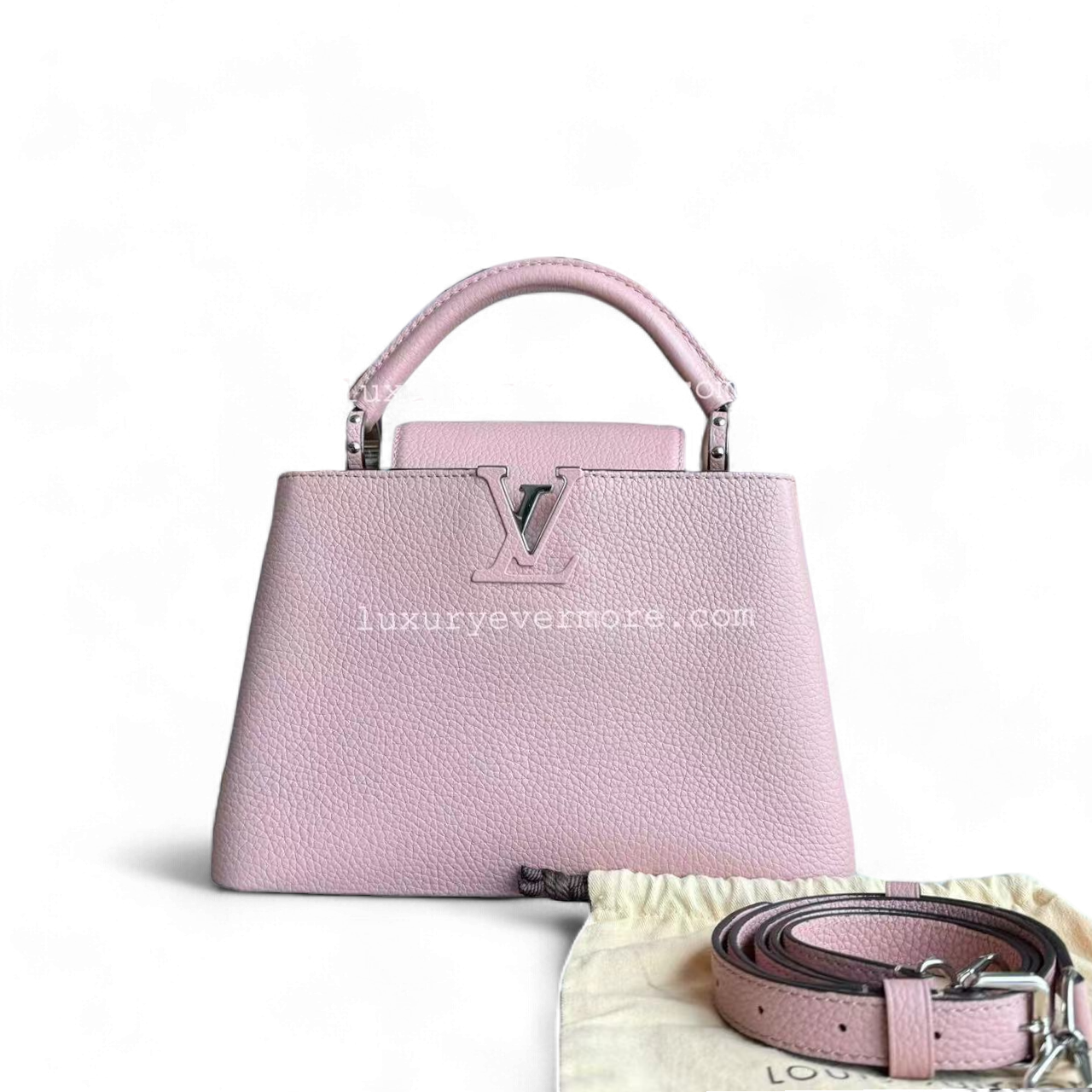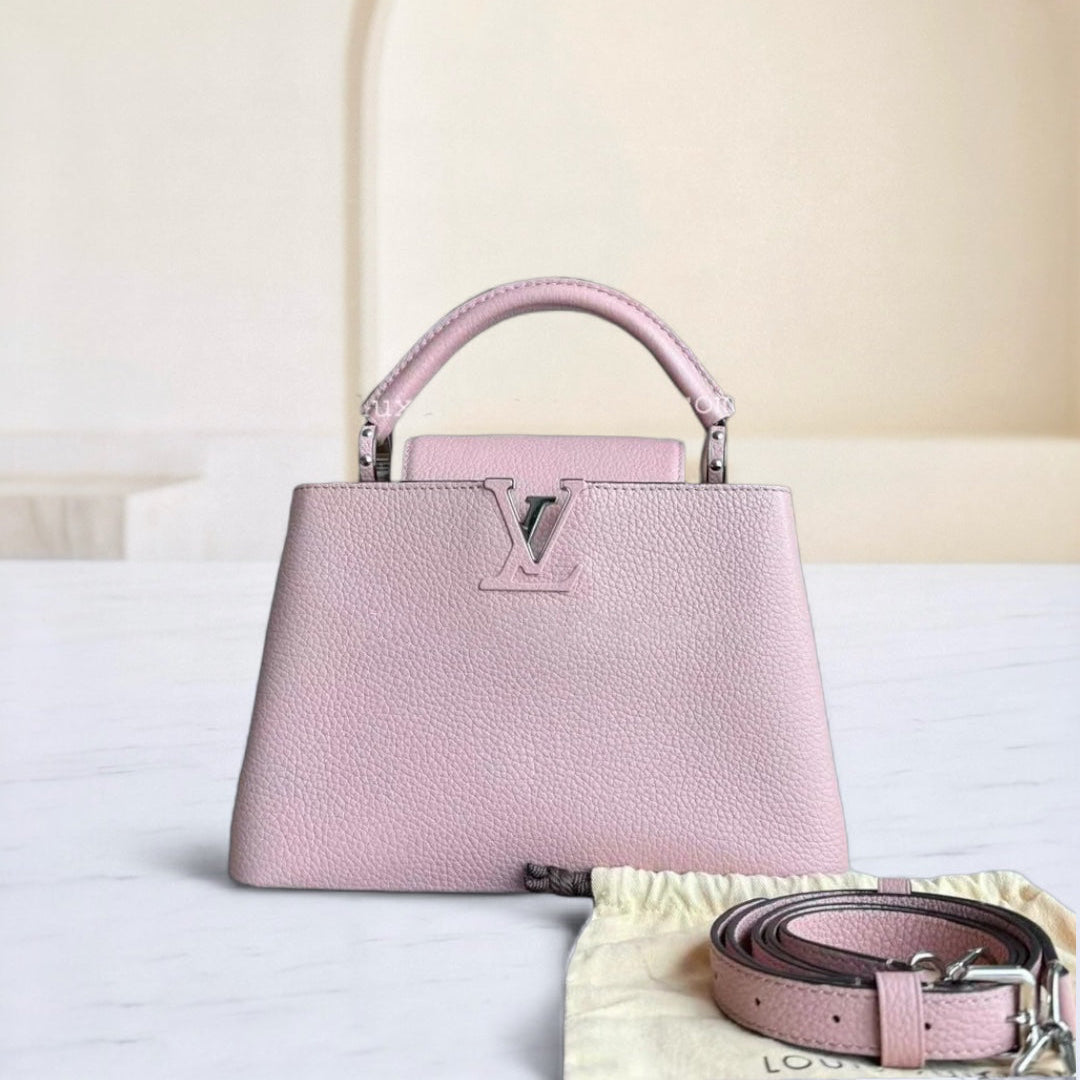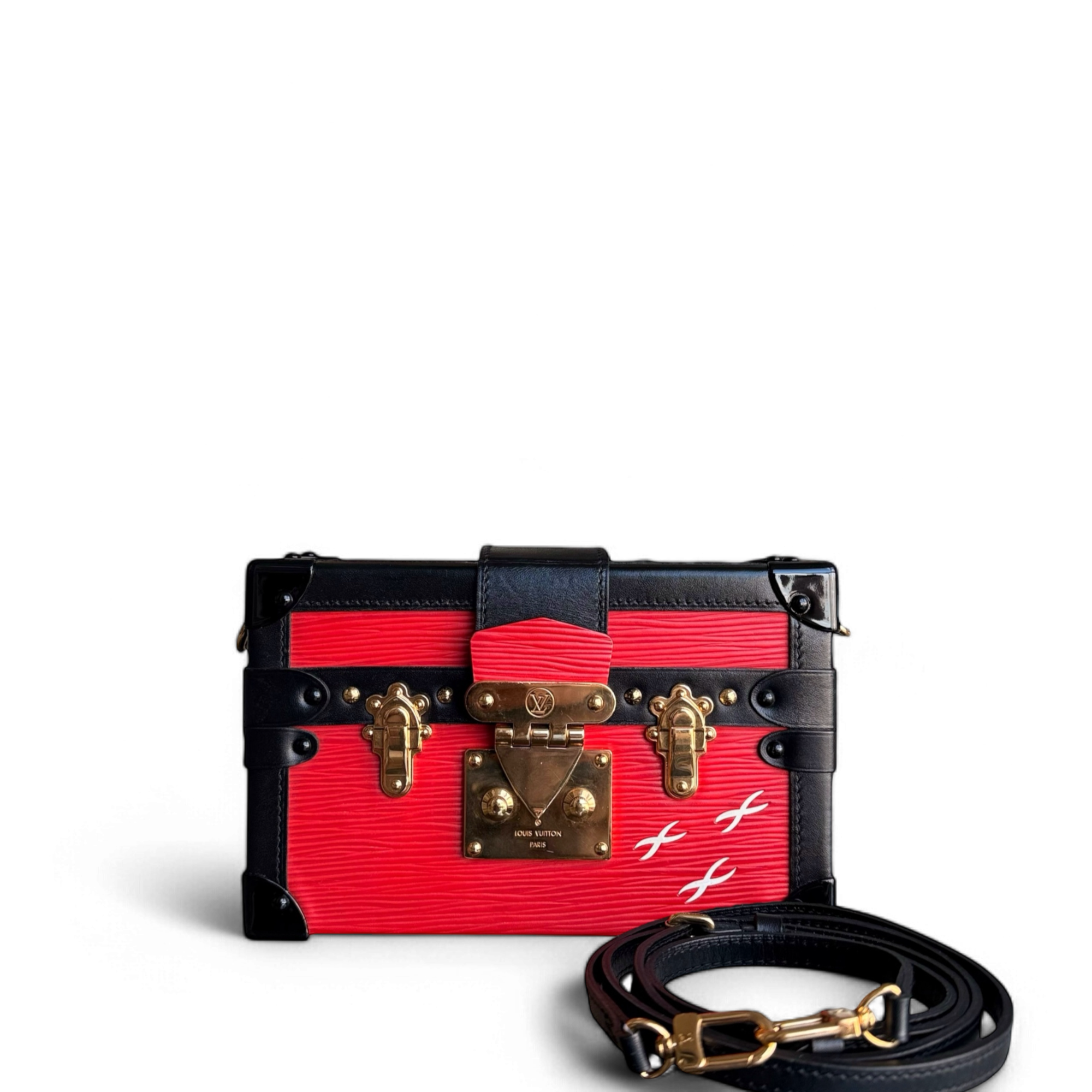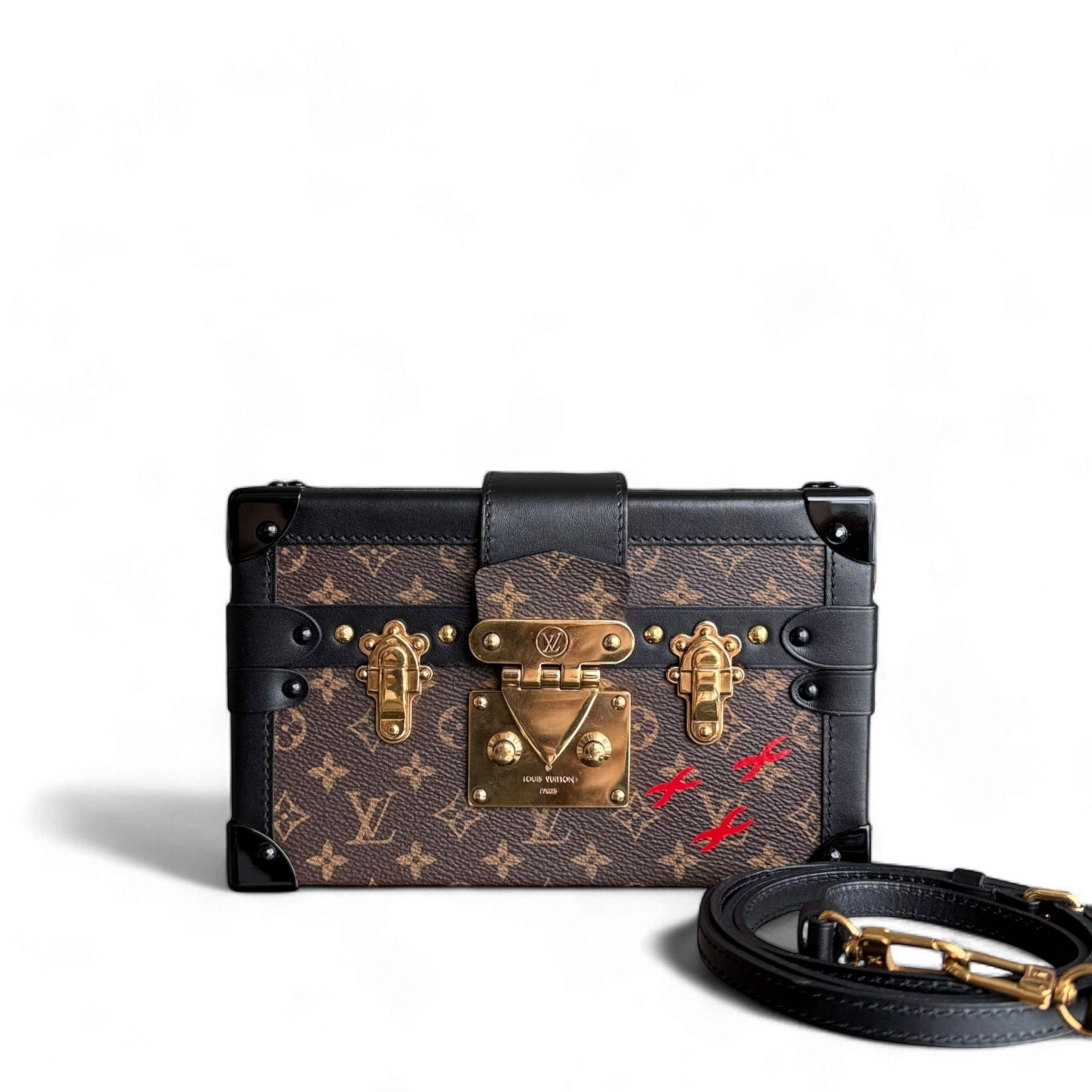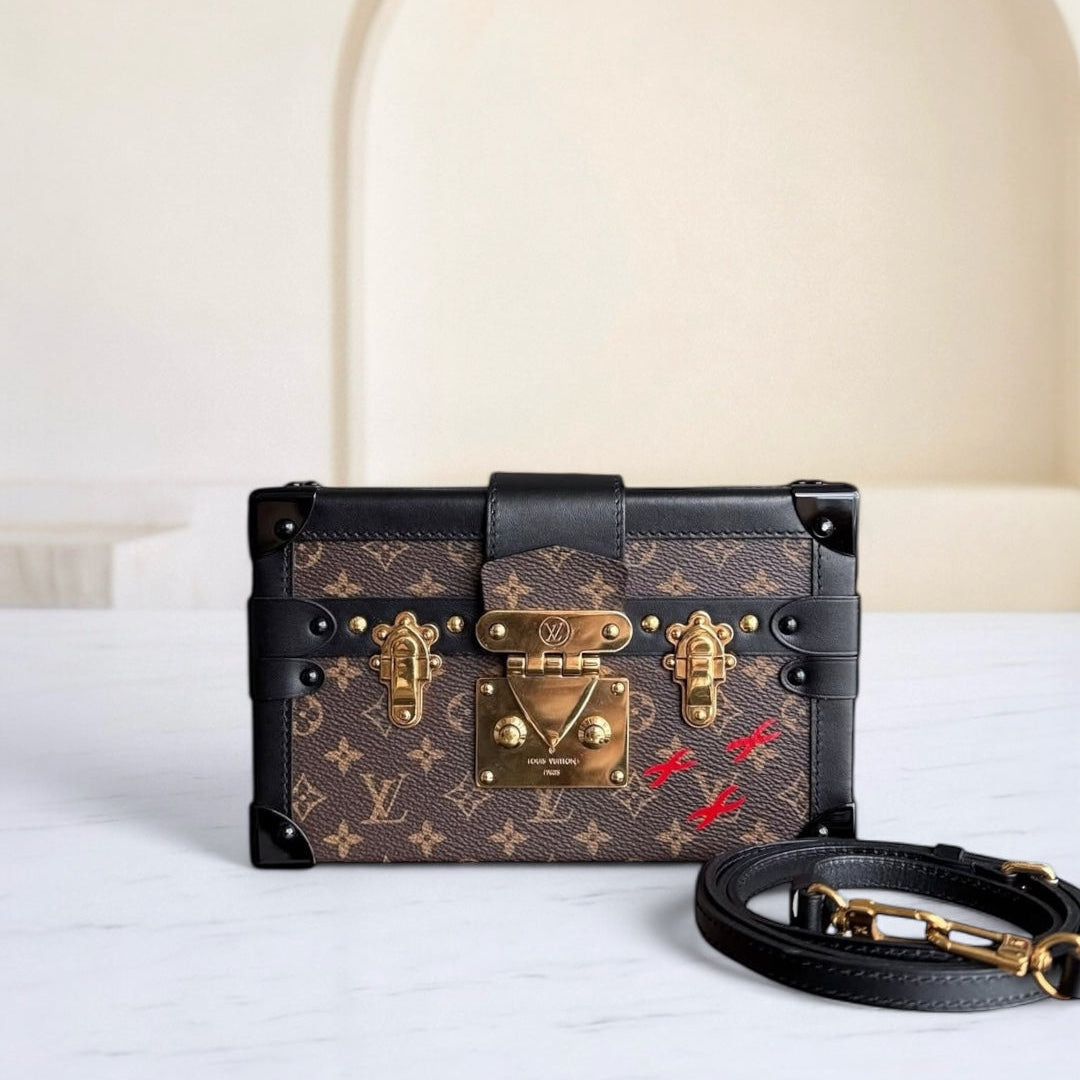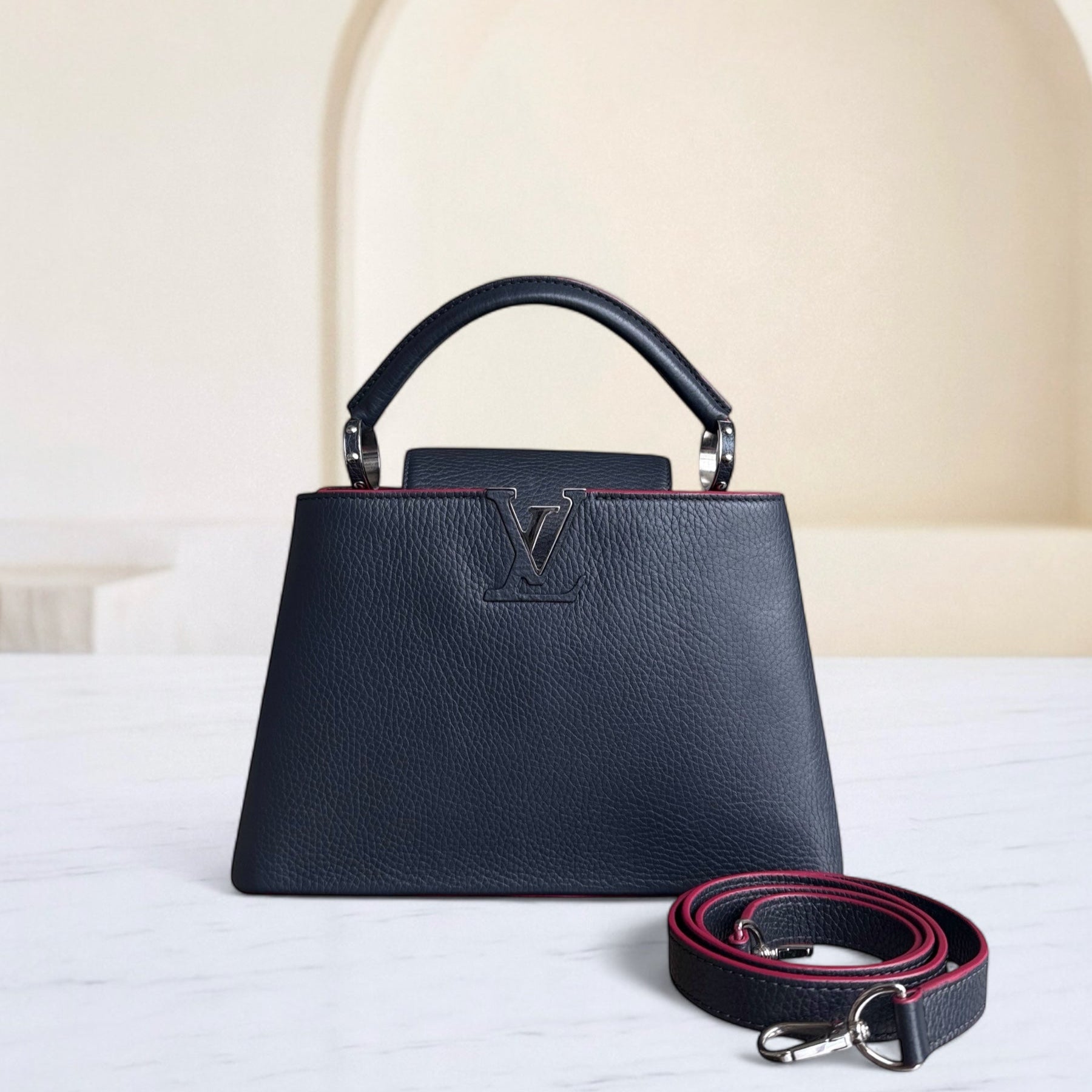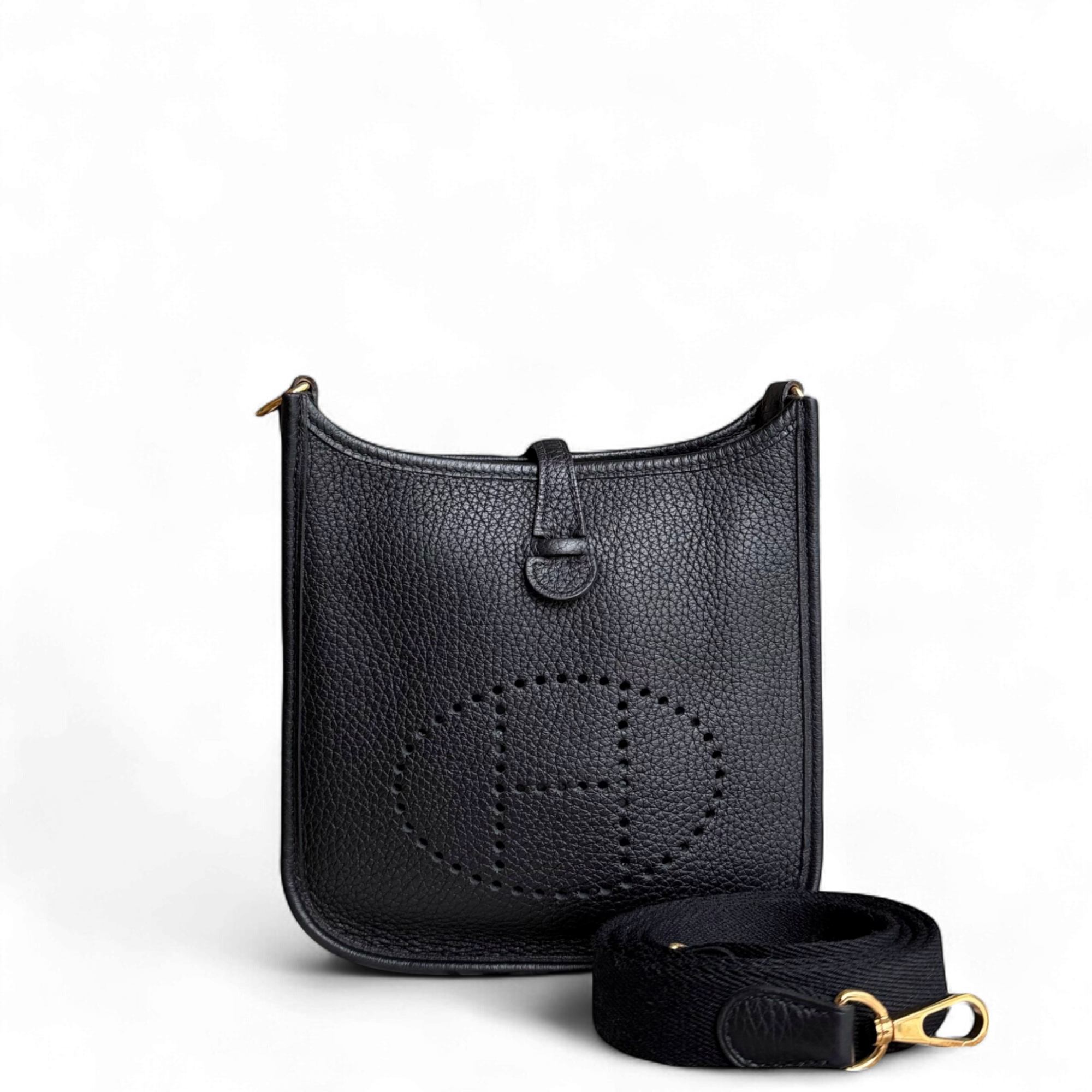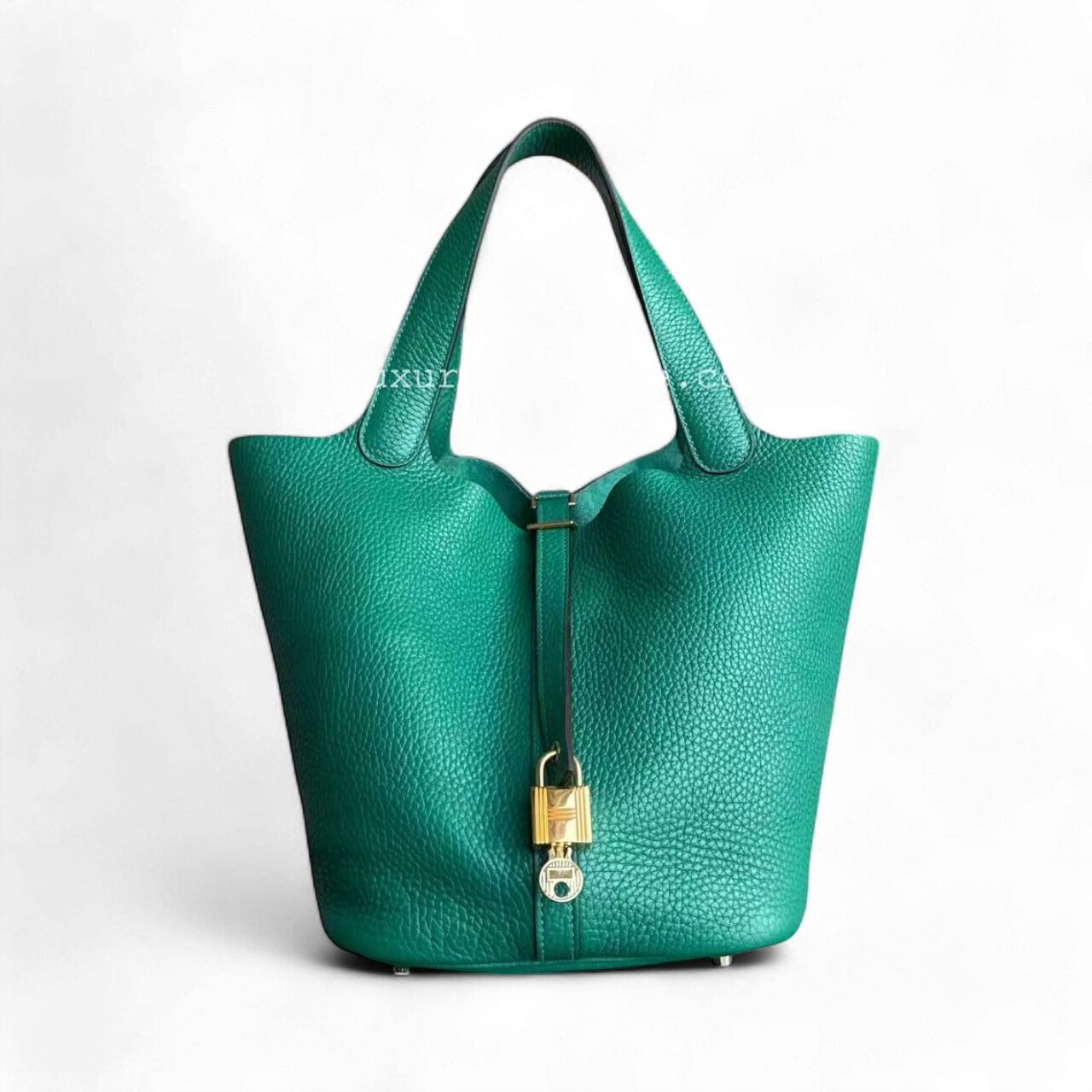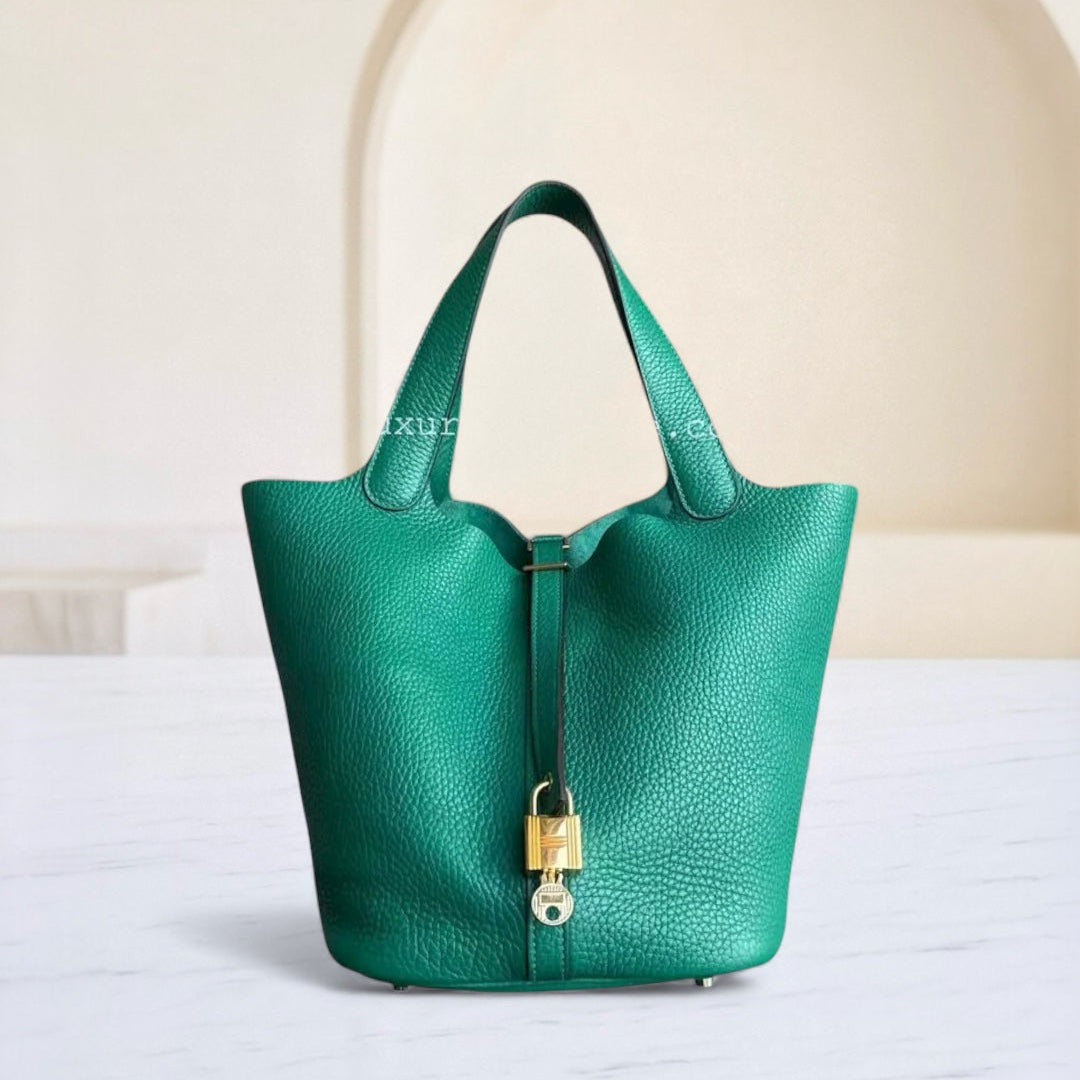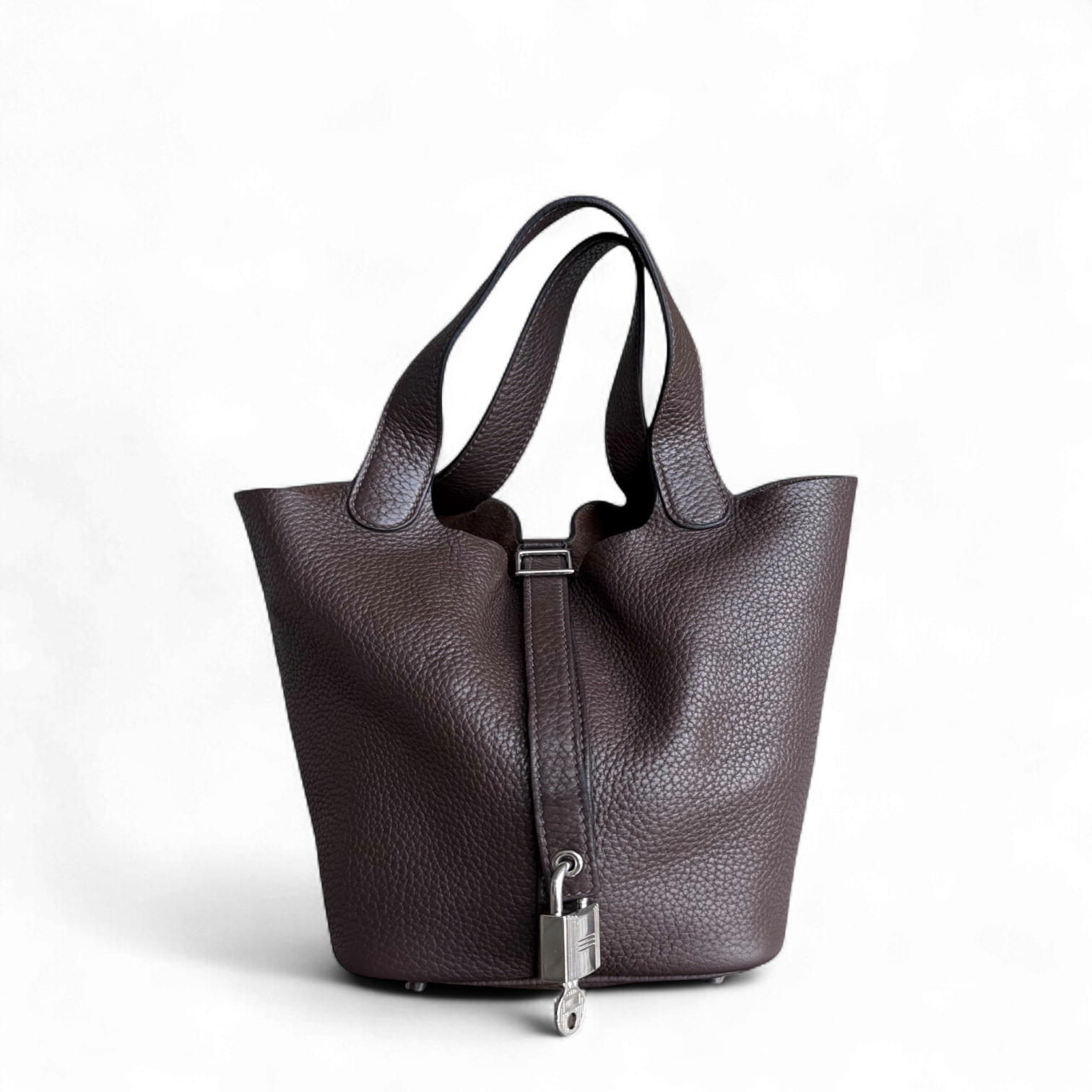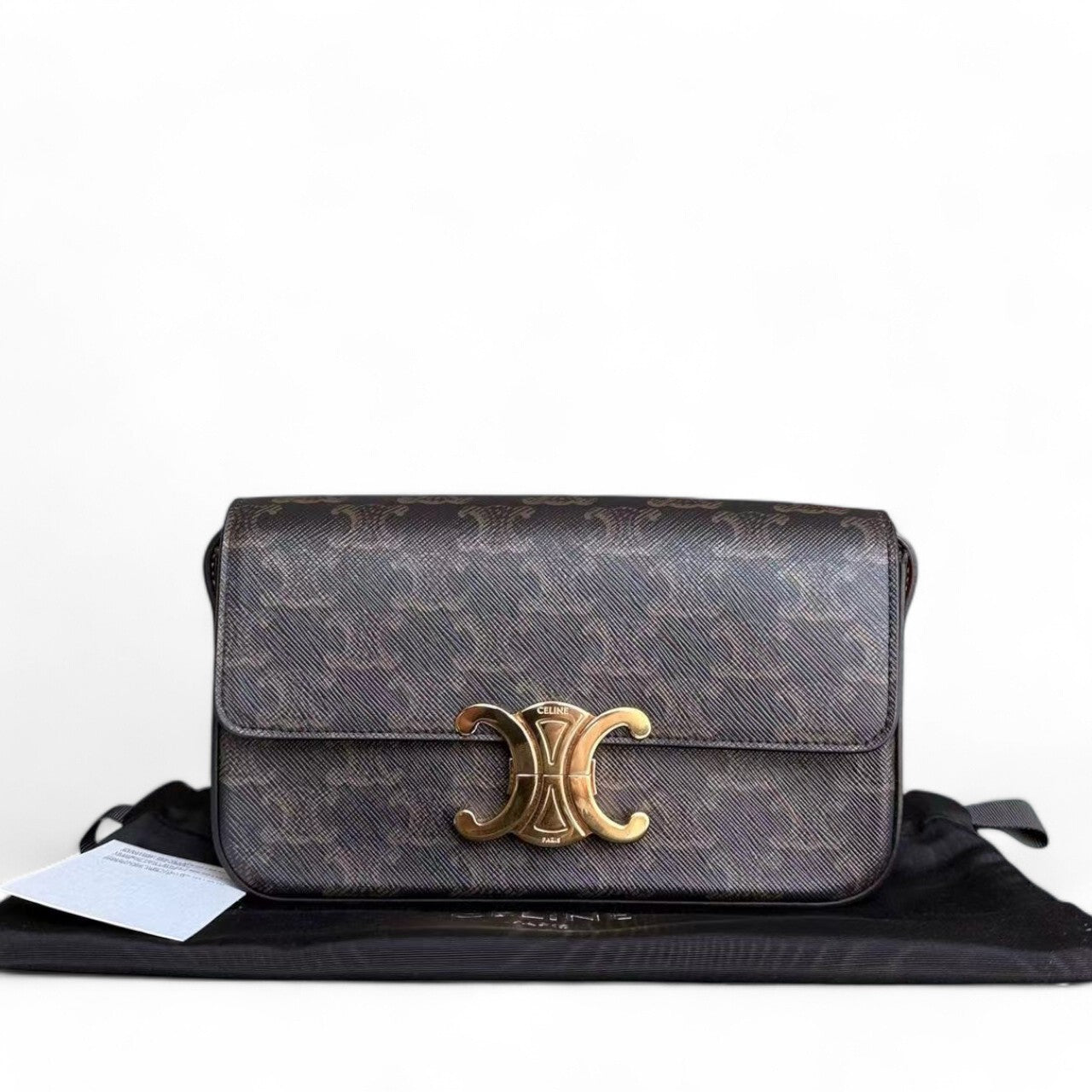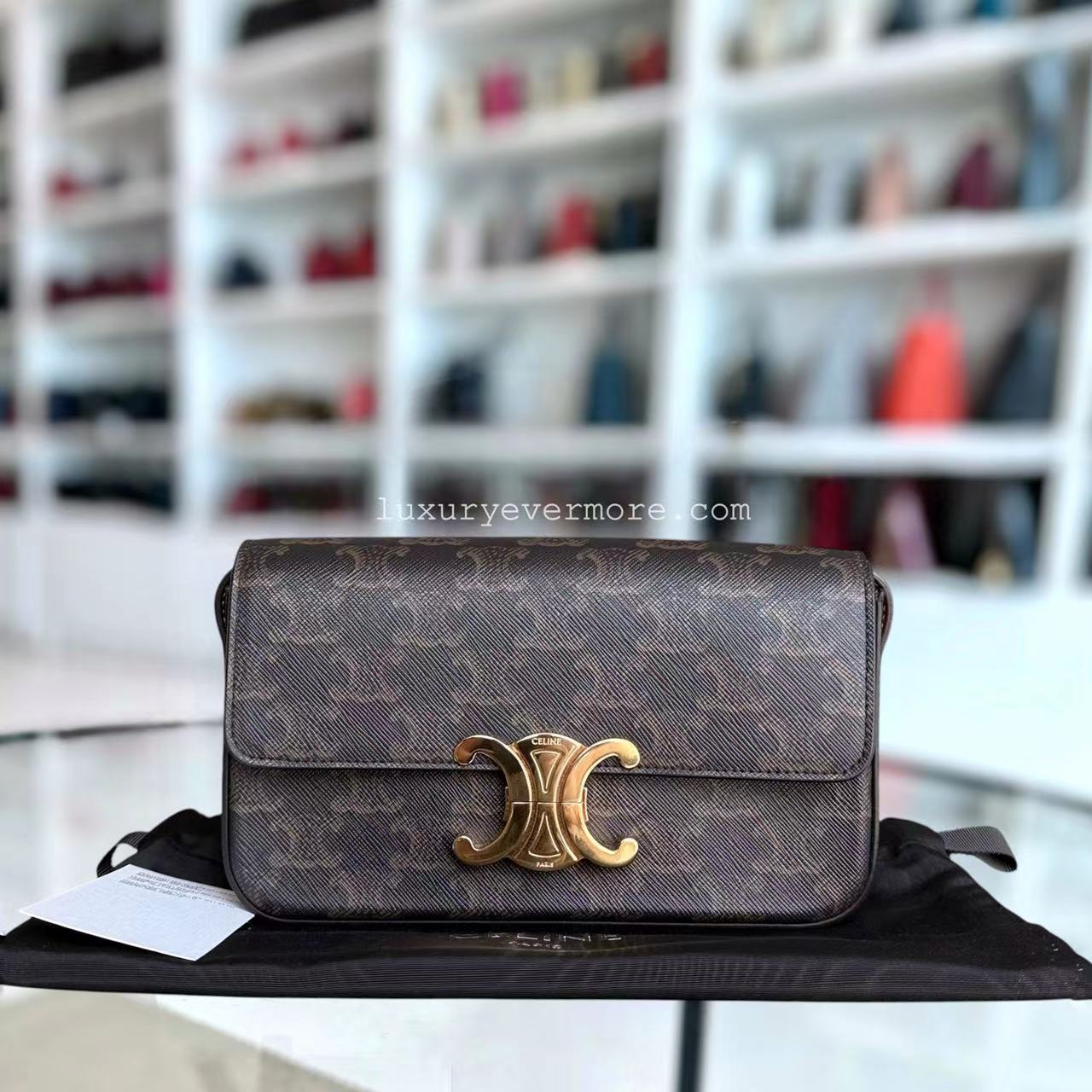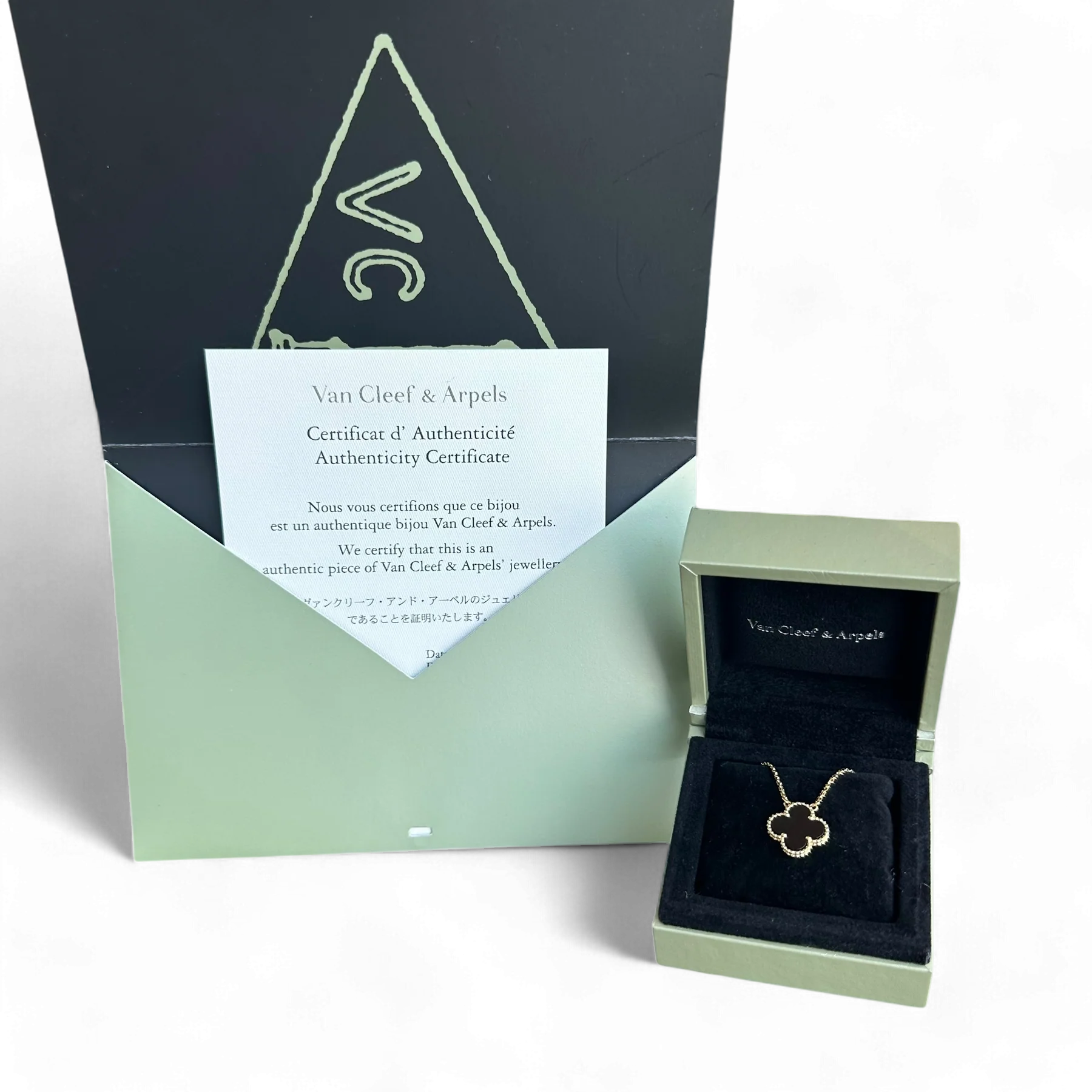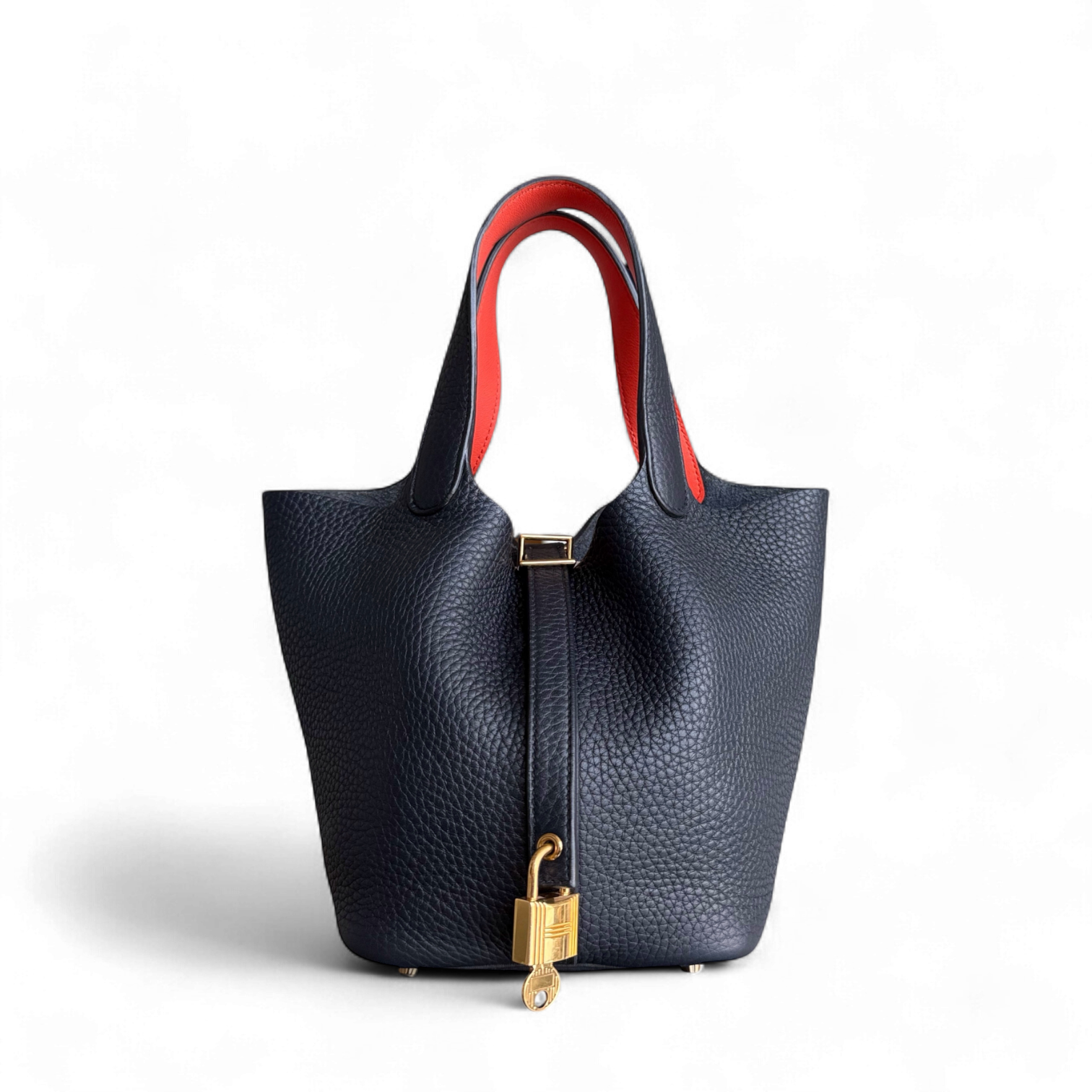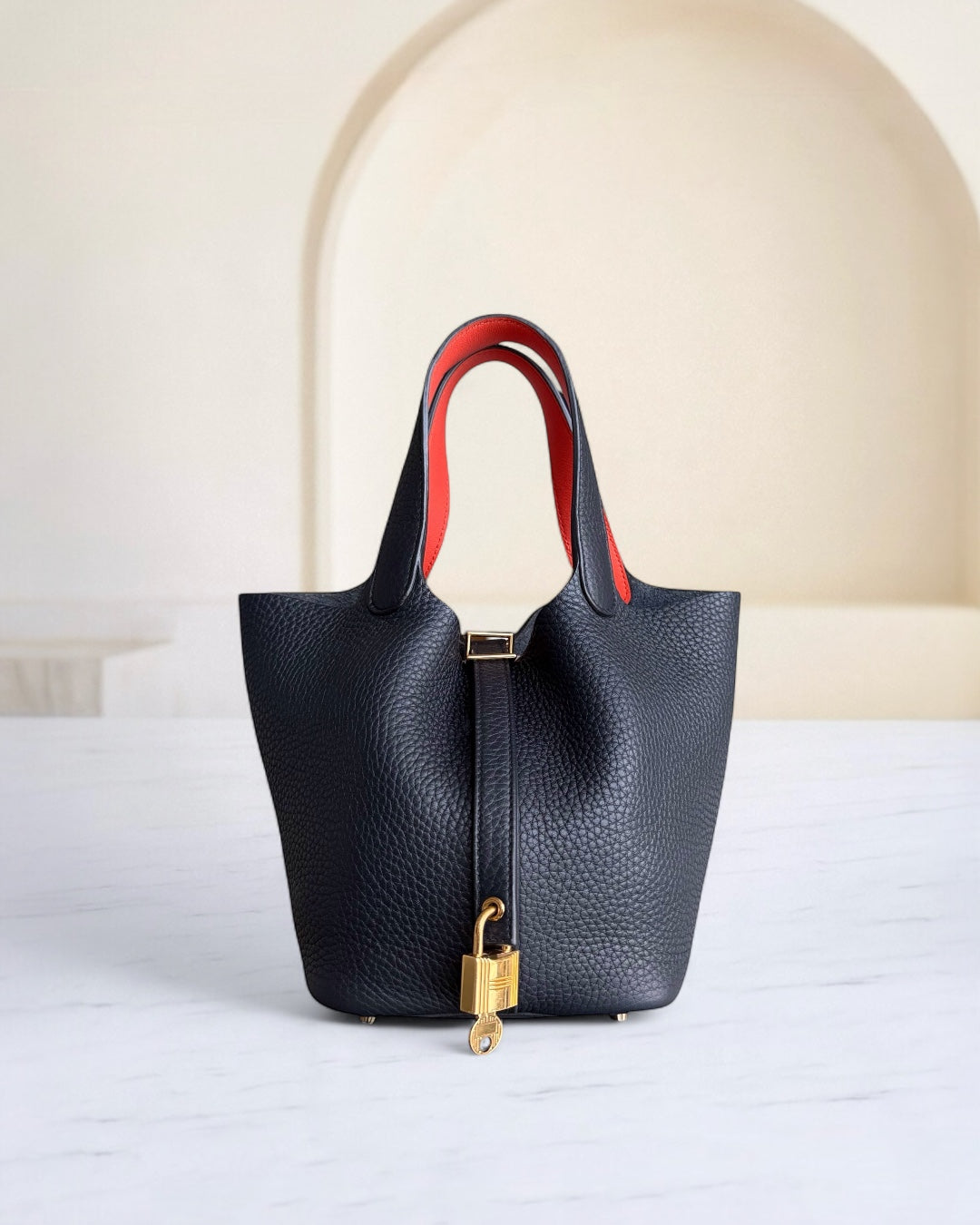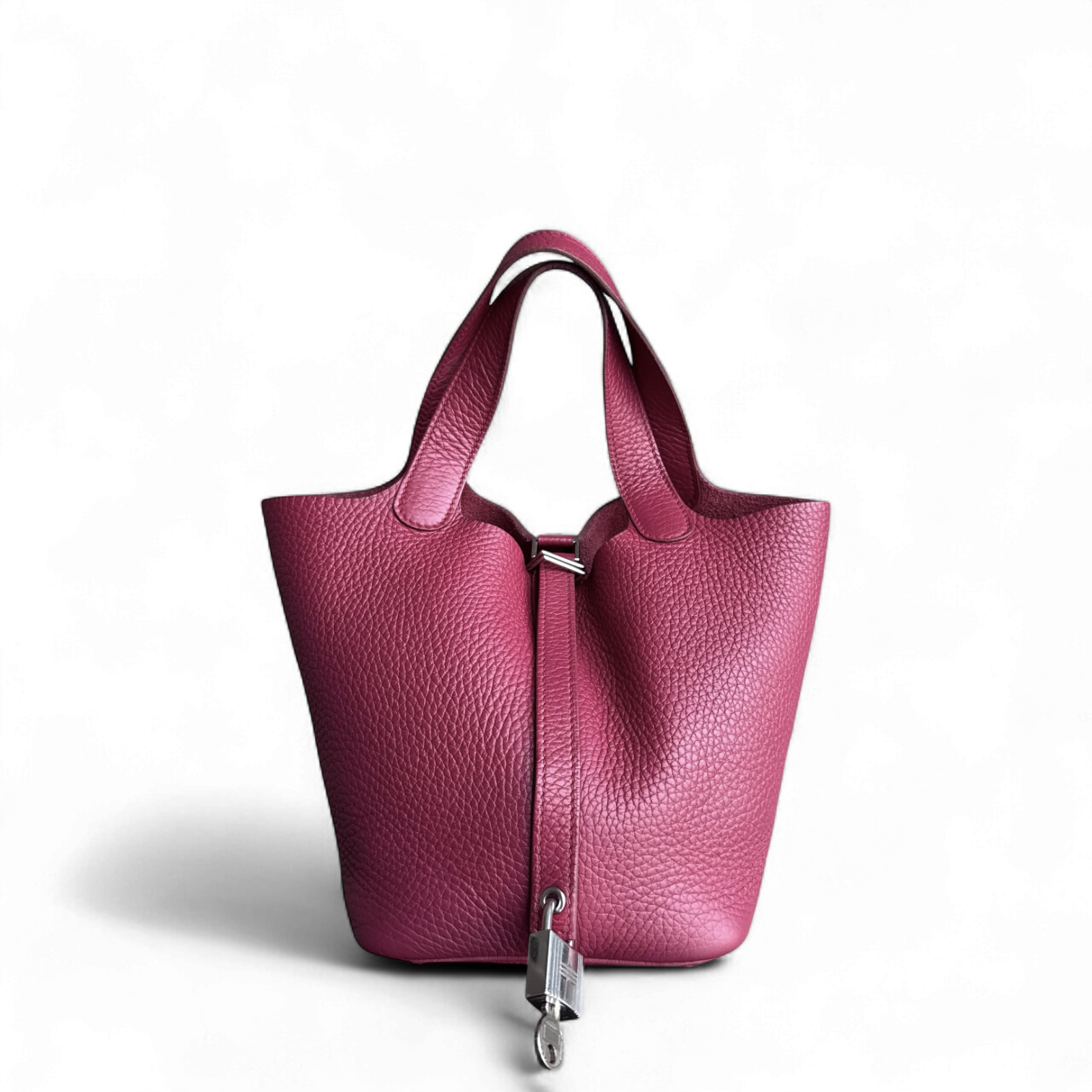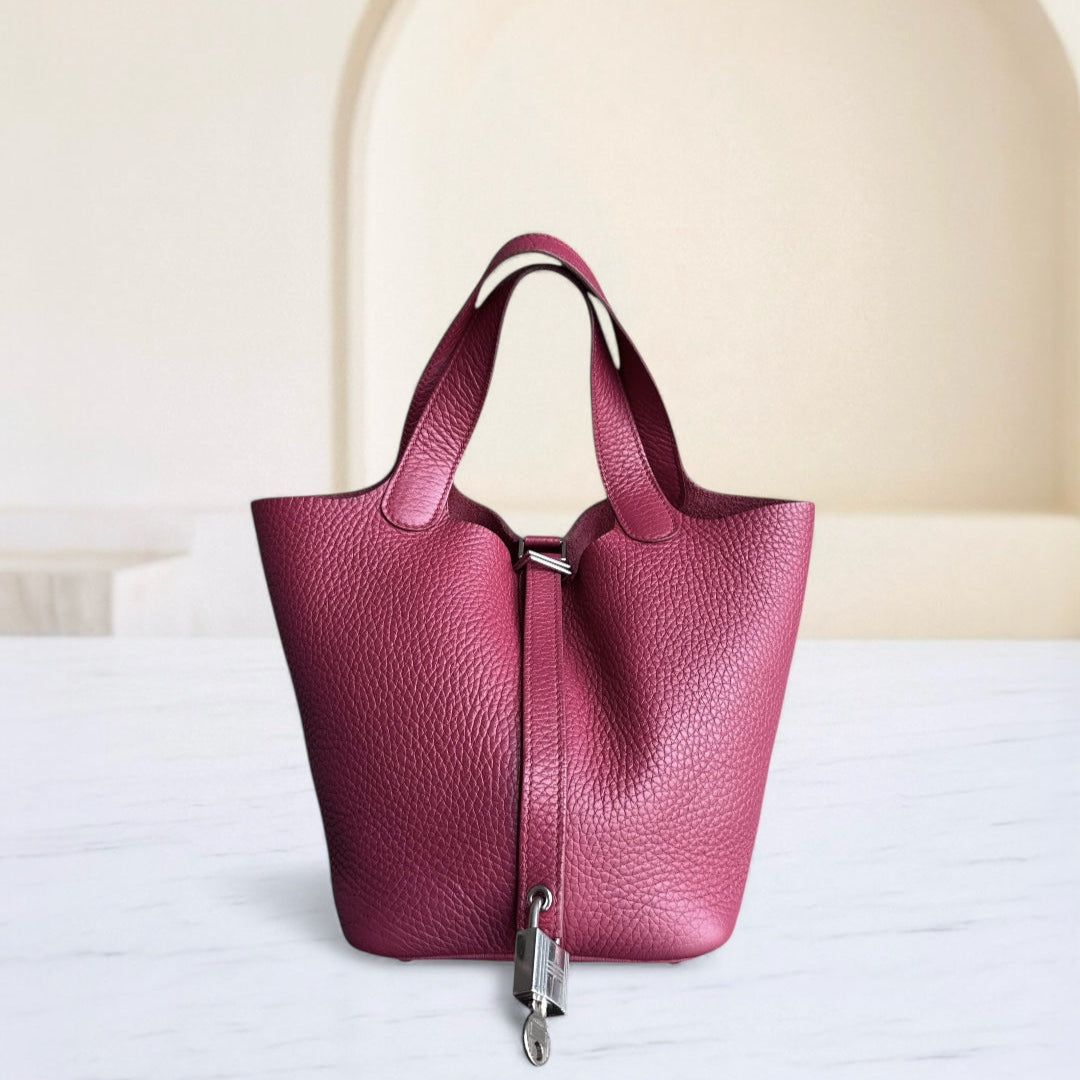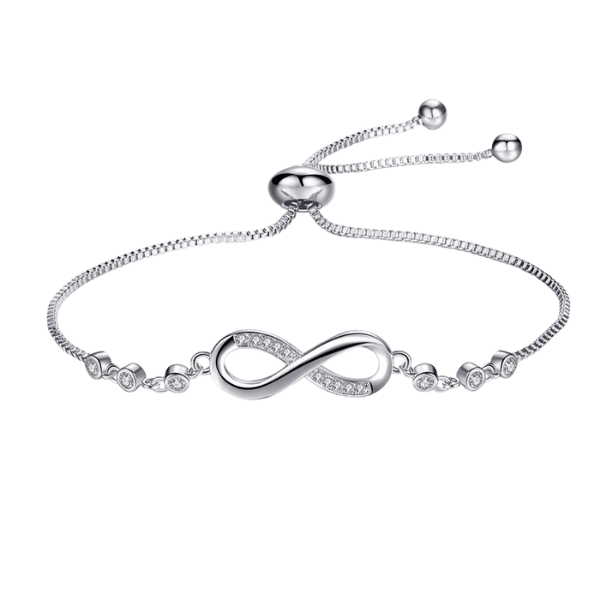Most Expensive Gem in the World: Exploring the Rarest and Most Valuable Gemstones
Gemstones have fascinated humanity for centuries, symbolizing beauty, wealth, and social status across diverse cultures and eras. While gems glittering across the display case are rare and beautiful, this article offers a tour of the world's most expensive gemstones and uncovers what makes their value so extraordinary. From their uniquely identified geological formations to their role in history and society, each gemstone has a story of luxury, exclusivity, and the desire for the rarest and precious gems. Whether you are a collector, an aficionado, or simply a curious soul, let the journey begin as we unveil the mysteries behind the extraordinary glamour and value of these phenomenal gifts of nature.
Introduction to Expensive Gemstones

Gemstones are deemed expensive on account of an interplay of rarity, quality, and demand. The value of a stone is heavily influenced by factors such as origin, clarity, color, cut, and carat weight. High demands with top prices are generally reserved for rare gems, such as pink diamonds, emeralds, and rubies, which are scarce to obtain and possess extraordinary characteristics. Besides, a grade of historical worth and social appeal attached to a gemstone can add to an eminent price, consequently rendering it desirable within the jewelry market and among collectors.
What Defines an Expensive Gemstone?
The value of an expensive gemstone is based chiefly on its rarity, quality, and market demand. Rarity plays a significant role in value because stones are extremely difficult to obtain, such as natural pink diamonds or Burmese rubies, for which there is an incredible appreciation. The Four Cs determine quality: color, clarity, cut, and carat weight. The most desirable qualities include vibrant colors, visible inclusions, a good cut, and larger sizes. The demand for a gemstone can affect its price, as trends and culture influence its desirability.
Overview of the Most Valuable Gemstones in the World
Final cutters are very particular about their choice of gems: blue diamonds, pink diamonds, Burmese rubies, and jadeite. Blue diamonds, due to their rarity and intense coloration, are extremely expensive; the famous Hope Diamond is a notable example. Pink diamonds, especially those from the Argyle mine, are highly priced on account of their rarity and the intensity of their coloration. Burmese rubies, renowned for their intense "pigeon blood" red coloration and remarkable clarity, are among the most sought-after gems on the market. Jadeite, essentially fine green jade, also enjoys very high cultural regard in areas such as China and is valued for its unusual transparency and vivid coloration. These stones rank highest in terms of scarcity, beauty, and market demand.
Importance of Gemstones in Culture and Economy
Gemstones have historically held significance in culture, traditions, and the global economy. Culturally, they often symbolize wealth, status, and even spirituality. Hence, different cultures utilize them for ceremonies and rituals, as well as to adorn their artifacts. On the economic front, gemstones are crucial to trade, employment, and luxury markets. Exporting countries with gem resources prosper from their exchange values, while remaining industries based on gemstone jewelry flourish with the steady demand of consumers. This assistance to existence makes evident the continuance of the influence of gemstones from history into present commerce.
The History and Origin of Precious Gemstones

Historical Significance of Gemstones
In the annals of history, gems have always held a position of power, wealth, and spirituality across various cultures, making this gem a prized possession for gemstone jewelry collections. Being among the first civilizations to work with gemstones, the Egyptians used lapis lazuli and turquoise for ceremonial purposes, associating them with protection and divine power. Likewise, carnelian and agate originated from Mesopotamia and the Indus Valley civilization, where they were used as elaborate seals and personal ornaments.
During the time of the Roman Empire, emeralds and sapphires enjoyed greater appreciation, which made them marks of status and grandeur amongst the aristocracy. The uses of gemstones extended beyond ornamentation, as many societies believed certain stones possessed both healing effects and metaphysical powers. For example, amethyst stones were said to prevent intoxication in ancient Greece, while jade was highly respected in ancient China as being spiritually superior and protective.
In medieval times, a belief existed in the power of gemstones for religious reasons. These were frequently set in relics, crowns, and chalices to establish a connection with divine beings and cosmic order. With the trade routes of the time operating efficiently, especially the renowned Silk Road, gemstones gained widespread distribution, entering the economies and cultures of Europe, Asia, and Africa.
Modern archaeological excavations continue to yield finds of gemstone objects, which serve as clues to investigate their historical importance, as well as to shed light on the techniques and trading systems of ancient civilizations. These historic connections still exert influence today; in fact, many types of gemstones still retain the cultural implications and symbolic meanings inherited from these historic associations.
Geological Formation of Rare Gemstones
Rare gemstones have their genesis over millions of years under very specific geological conditions that require heat, pressure, and some kind of chemical interaction. These conditions are met mostly in the deep depths of the Earth's crust or mantle, aiming to provide an environment conducive to crystal growth. For instance, diamonds form at somewhat unusual depths, which are typically thought to be inaccessible for diamonds, approximately 140-190 kilometers within the mantle, under pressures exceeding 725,000 psi and temperatures between 2,000 and 2,200 degrees Fahrenheit. Later, they are transported to the surface through volcanic eruptions beneath kimberlite or lamproite pipes.
Other valuable gems, including emeralds, are generated in hydrothermal veins where fluids containing beryllium, chromium, and vanadium interact with the host rocks. These interactions give rise to emerald colors ranging from dark green to light green, depending on the quality of the stones. Meanwhile, sapphires and rubies, which are corundum minerals, form within metamorphic rocks that have high aluminum content but low silicon content. Trace elements, such as titanium or chromium, entering into their crystal lattice during crystallization are responsible for the final colors.
Among the rarest of stones produced by pegmatites are tourmaline and aquamarine. Such deposits originate from the final stages of magma crystallization, during which residual fluids rich in rare elements concentrate, allowing the growth of large, well-formed crystals. Geological studies and advanced imaging technologies continue to enhance our understanding of these complex processes, providing us with deeper insights into the rarity and value of these gems.
Notable Discoveries and Origins of the Most Expensive Gems
Certain locations in the world are renowned for producing the most precious gemstones due to unique geological conditions. The Kashmir region of India is famous for its high-quality sapphires, characterized by a cornflower blue color and a velvety texture. On the other hand, the Mogok Valley in Myanmar has long been renowned for its exceptional rubies, often referred to as "pigeon blood rubies" due to their intense red color. Colombia remains the primary source of emeralds, renowned for their rich green color and exceptional clarity. Each of these regions has influenced the global demand and appreciation for these rare and precious gems, thereby solidifying their place in the world of fine jewelry.
Factors Contributing to the Value of Gemstones

Scarcity and Rarity of Gemstones
Scarcity and rarity are arguably the greatest contributors to the value gems carry in the gemstone trade and collectors' market. Geological conditions theoretically determine the rarity of a gemstone, as some minerals require a specific environment to form. Take alexandrite, for example: an extraordinary chromium variety of chrysoberyl having color-change properties; it is found in only a few central locations worldwide, including Russia and Sri Lanka. This inferential rarity is the main contributor to its exorbitant international market price.
Scarcity can also be explained by the difficulty of working with mines. For example, blue diamonds from the Cullinan mine in South Africa are scarce, as it is highly unusual for boron to interact with carbon deep within the Earth's mantle. Statistics show that only about 0.02 percent of mined diamonds attain this true blue color, making them highly sought after for their rarity and exceptional beauty.
Technological advancements in gemstone analysis, such as spectroscopy and origin certification, further highlight the rarity of high-grade stones. Such certificates assure buyers that a stone is genuine and unique, as it has always been considered an archetype for a rare gemstone. Conversely, in line with these certificates, market trends indicate that rare, untreated specimens — without enhancement treatments such as heat treatment or chemical treatment — fetch significantly higher prices at prestigious auctions, thereby underscoring the critical link between rarity and value.
Quality Factors: Cut, Clarity, and Color
The quality of a gemstone is mainly decided on three factors: the cut, clarity, and color, usually referred to as the rare traits of a gemstone. The cut describes how well the gem has been shaped and faceted, as this greatly affects its brightness, symmetry, and beauty. Clarity quantifies inclusions or blemishes; the fewer there are, the better the stone should be. Color determines hue, saturation, and tone. For stones with vivid colors and even distribution, these are considered worthy. These parameters are all factors in determining both the price and the overall attractiveness of a gemstone.
Market Demand and Auction Prices
Market demand for gemstones or gem materials is influenced by rarity, quality, cultural significance, and trends in merchandise; as certain stones come into vogue with emerging tastes and on the global economic scale, varying demand intensities arise. Give or take, high-quality diamonds, rubies, sapphires, and emeralds dominate, but alternative gemstones, such as spinels and Paraiba tourmalines, are now witnessing increased consumer interest due to their unique appearance and rarity.
Auction prices for extraordinary gemstones have been reaching record heights lately. For example, the Williamson Pink Star, an 11.15-carat flawless pink diamond, was sold in 2022 at $57.7 million, setting a precedent for colored diamonds. Likewise, high-quality Colombian emeralds and Burmese rubies always command huge sums due to their scarcity and desirability among collectors. In addition, the transparency of sourcing and increasing emphasis on ethically mined gemstones also play a pivotal role in determining consumer demand as well as premium auction valuations.
Famous Examples of the Most Expensive Gemstones

The Oppenheimer Blue Diamond
In recognition of one of the biggest and undeniably rarer blue diamonds, the Oppenheimer Blue Diamond is one. Weighing 14.62 carats, it was named after its previous owner, the late Sir Philip Oppenheimer, a renowned diamond merchant and likely the owner of some of the most expensive gems ever sold. This rectangular-cut gem made worldwide news when it was auctioned on Christie’s Geneva Magnificent Jewels sale in May 2016.
The Oppenheimer Blue set a record for the highest price paid at auction for a jewel at the time. The price, including fees, was $57.5 million. The rarest and highest-quality features of this diamond emerge from its intense blue color, in the shade of "fancy vivid blue," the highest grade for colored diamonds, and partly from its disproportionately large size and impeccable workmanship. Such stones are extremely rare, as blue diamonds derive their color from trace quantities of boron within their crystal lattice, which occurs naturally through geochemical phenomena under very specific and rare conditions.
Oppenheimer Blue stands as a testament to the unprecedented appeal and high value of vivid blue diamonds, representing a glorious name in the world of gems. The record sale also perpetuates the demand for superior colored diamonds among collectors and investors alike.
The Pink Star Diamond
The Pink Star is a 59.60-carat oval-shaped gem and undoubtedly remains among the most famous and expensive diamonds known. Setting the record as the heaviest polished diamond ever cast, this rare Type IIa flawless stone originally weighed an incredible 132.5 carats in its rough form. It was discovered in Africa by De Beers in 1999. The dominant pink coloration is referred to as "Fancy Vivid Pink" by the Gemological Institute of America (GIA), denoting the highest grade of pink intensity, which translates to increased rarity and value.
This rare beauty was auctioned off in 2017 at a then-record price of $ 71.2 million, thus securing the record for the highest price ever paid for a diamond or gemstone. Its impeccable quality and overwhelming size make the Pink Star a veritable prodigy of nature and human effort, epitomizing the pinnacle of fascination and demand in fine jewelry and gemology.
Legendary Emeralds and Their Auctions
The world of emeralds boasts a rich history, with gems that have captured the interest of numerous gem enthusiasts and collectors throughout the centuries. Simultaneously, the most legendary emeralds include the Rockefeller Emerald, an 18.04-carat Colombian emerald with perfect clarity and a top green hue. Formerly owned by the distinguished Rockefeller family, this peerless gem, inherited through generations by them, went on to set a per-carat record for any emerald by achieving $5.5 million at the 2017 Christie's auction. Its story, with a footprint of some eminent historical characters coupled with immeasurable quality, makes it a mark of prestige and refinement.
The Stotesbury Emerald is another famous emerald, weighing 34 carats, and has passed through the hands of some legendary collectors, including Evalyn Walsh McLean and May Bonfils Stanton. Its antique appeal and exceptional provenance lend this stone significant historical weight in the fine jewelry industry.
Emerald auctions continue to attract worldwide attention, with these stones trading for record prices, not due to scarcity, but rather to their high quality and a rich history. Colombian emeralds, due to their intense color, extraordinary clarity, and lineage, have more reason to be considered among the world's highest-priced gemstones and one of the most admired.
How to Authenticate and Purchase Valuable Gemstones

Understanding Gemstone Certifications
Accredited gemological laboratories generate gemstone certificates after thoroughly analyzing the physical and optical features of a gemstone. Confirming the validity and monetary value of gemstones in the market are the primary reasons for gemstone certifications. A gemstone's certificate usually contains one or more of the following: carat weight, cut, color, clarity, and, if applicable, treatment history. Laboratories such as the Gemological Institute of America (GIA), the American Gem Society (AGS), or the International Gemological Institute (IGI) follow strict guidelines for evaluating gemstones and thus enjoy great credibility.
Certification of any gemstones, therefore, constitutes a crucial verification of their quality and origin offered to buyers. For example, a conflict-free diamond or an emerald from a designated region often commands premium prices because its provenance is traceable. Further, technology is being applied in the certification process to increase transparency, such as via laser inscriptions on gemstones and blockchain tracking systems. Thus, when dealing with precious gemstones, one should always request certificates from recognized organizations and verify their authenticity to ensure that they have done their due diligence in determining the honesty of rare stones.
Tips for Buying High-Value Gemstones
- Verify Certification: Insist on certification by well-known gemological laboratories, such as GIA or AGS, to ascertain the gemstone's authenticity and grade.
- Understand the Four Cs: Know the aspects of color, clarity, cut, and carat weight of the gemstone, because valuations of gemstones, especially of those in the very upper price range, are highly dependent on this.
- Check Market Prices: Determine the price of a particular stone based on its qualities by comparing prices from various dealers.
- Buy from Trusted Sellers: Look for trusted and transparent jewelers or dealers with well-defined documentation, guarantees, and clear return policies.
- Inspect the Stone: Conduct a personal inspection of the stone under various lighting conditions or request high-resolution images if purchasing online.
- Consider Long-Term Value: Long-term value is worth considering, based on how well the stone will maintain or gain in value over time, which heavily depends on rarity and demand.
Common Pitfalls and How to Avoid Them
- Overpaying for Low-Quality Gems: Learn well about the grading standards and market prices for gems, costly ones, to avoid being scammed. Request certification from a recognized gemological laboratory whenever possible to confirm the quality and authenticity of the gemstone.
- Falling for Synthetic or Treated Stones: Many synthetics or treated stones closely resemble natural gemstones. Always request documentation of the treatment, if any, and verify its origin with a reputable source.
- Ignoring Resale Value: Certain gems have little resale value due to low demand or high-level treatment, especially those that aren't classified as precious stones. Examine current market trends and select stones that consistently sell well on the secondary market, such as diamonds, superior emeralds, or alexandrite.
- Neglecting Maintenance: Carelessness can lead to chips, scratches, and discoloration. Proper cleaning and storage recommendations can help enhance the gemstone's appearance and prolong its longevity.
Frequently Asked Questions (FAQs)
Q: What is the most expensive gem in the world?
A: The highest-priced gem in the world is the pink diamond, more specifically the Pink Star, which sold for a cool $71.2 million at an auction. The extreme rarity of this gem, combined with its flawless quality, resulted in an exorbitant price per carat.
Q: How much does a blue diamond cost per carat?
A: Blue diamonds, being among the rarest gemstones on earth, can bring over $1.18 million per carat. The exemplar blues, such as Oppenheimer Blue, symbolize this high price due to their exceptional quality and rarity, thus selling among the world's highest-priced gemstones.
Q: What are some of the top 10 most expensive gemstones?
A: The top 10 most expensive gemstones include Pink Star, Blue Moon Diamond, Red Beryl, Jadeite, and Green Diamonds. Each of these gems has an individual-renowned history and unparalleled qualities that have significantly impacted their prices.
Q: Why are pink diamonds considered valuable gemstones?
A: Since they are scarce, the pink diamonds are precious stones with exquisite colors that make them highly sought after. The unique coloration of pink diamonds and their scarcity command these prices in millions per carat at auctions.
Q: What is the carat weight of the most expensive gemstones?
A: The carat weight of the most expensive gemstones varies, but stones of very high quality, like the Pink Star, weigh about 59.60 carats. Together with weight, color, and clarity, this considerably augments their total worth.
Q: What are some of the famous auction sales for expensive gemstones?
A: Some famous sales include the auction of the Oppenheimer Blue for 57.5 million and the Pink Star for 71.2 million. These auctions testify to the immense value that rare gemstones are placed on by collectors and investors, and thus, they are considered prized assets.
Q: Are there such stones that one considers investment-grade?
A: Yes, diamonds, sapphires, and emeralds are indeed investment-class gemstones, particularly in Sri Lankan contexts. The rarity, clarity, and color of these stones are all considered, and this consideration is what drives their high prices in the jewelry world.
Q: What makes the black opal one of the rarest gemstones?
A: Black opal is considered one of the rarest gemstones because it has a rare crystal structure and exhibits a brilliant play of color. The scarcity of superior-quality black opals, especially those from Australia, further enhances the value of these gems in the market.
Q: How are precious stones different from other gemstones?
A: Precious stones are a select group of gemstones that are valued highly owing to their rarity, beauty, and perfection. These include diamond, ruby, sapphire, and emerald. On the other hand, gemstones like opal and alexandrite are often referred to as semi-precious, although they can also be highly valuable in certain instances.
Reference Sources
1. Padder Blue Sapphire Case Study
- Citation: (Parihar & Chauhan, 2021)
- Title: “The Legend of Himalayan Motherlode - Historical, Cultural and Economic Significance of The Padder Blue Sapphire"
- Key Findings:
- Padder Sapphire is reputed to be the purest form of aluminum oxide
- One of the most costly gemstones today
- Extracted from the remote village of Padder
- Holds rich historical, cultural, and astrological importance
- It came into light in the 19th century, gifted by General Zorawar Singh
2. Gemological Institute of America (GIA):
- Spring 2017 Auction Updates: Most Valuable Gem
- This section is concerned with the Sotheby’s auction, where the pink star diamond, weighing 59.60 carats, sold for $71.2 million. A fancy, vivid pink diamond, like it in color and with such a large carat weight, is of great rarity.
3. Gemstone
Contact Luxury Evermore should you need help with acquiring or building up your collection. There is a variety of brands with different styles, as well as sizes, and colors, for example, Hermes, Chanel, lv and Dior. If you are not lucky enough to find the bag you are looking for on our website then our concierge team will probably be able to order it for you. We provide 100% authenticity guarantee for all our bags, and any item sold on this site will be dispatched to you within one to two business days upon receipt of the payment.




